Bansko

Hotels with spa
A mix of the charming, the iconic and the modern.
See all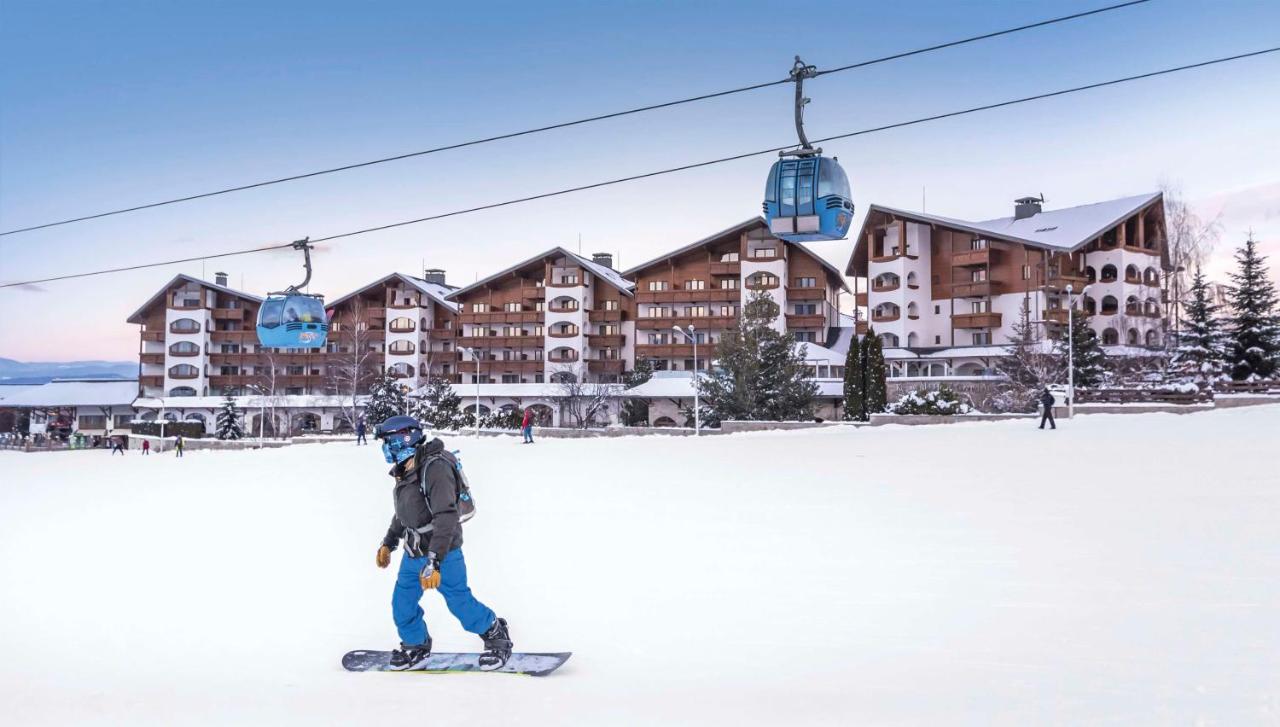
Kempinski Hotel Grand Arena Bansko
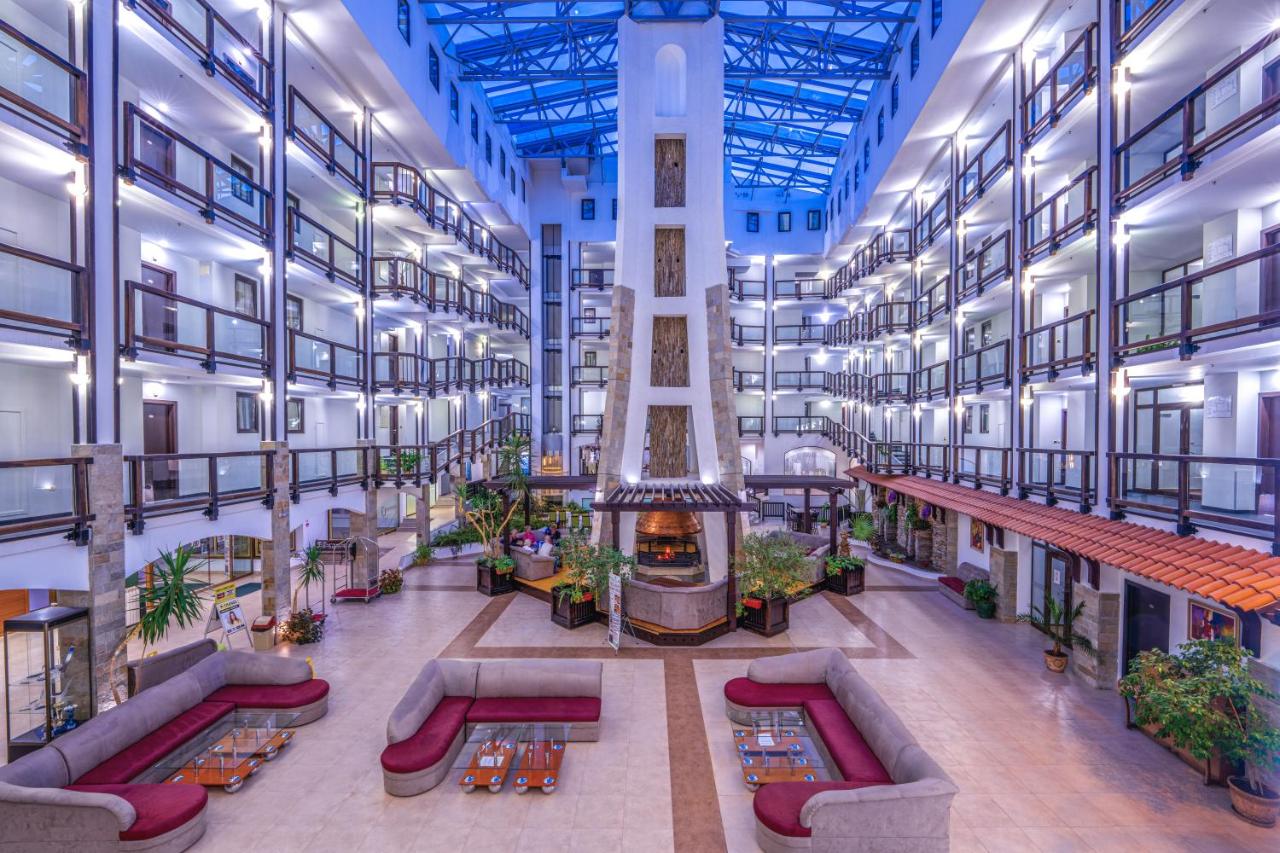
MPM Hotel Guinness
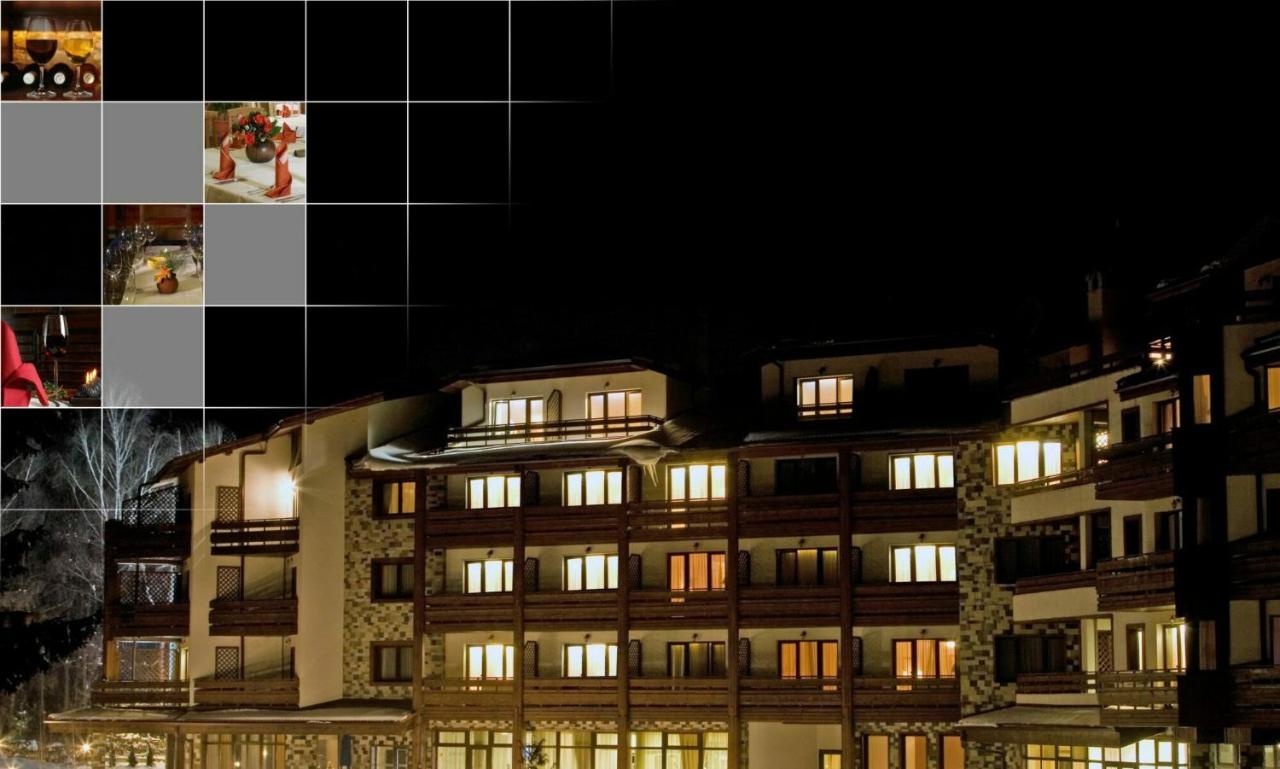
Hotel Orphey

Gardenia Park Hotel
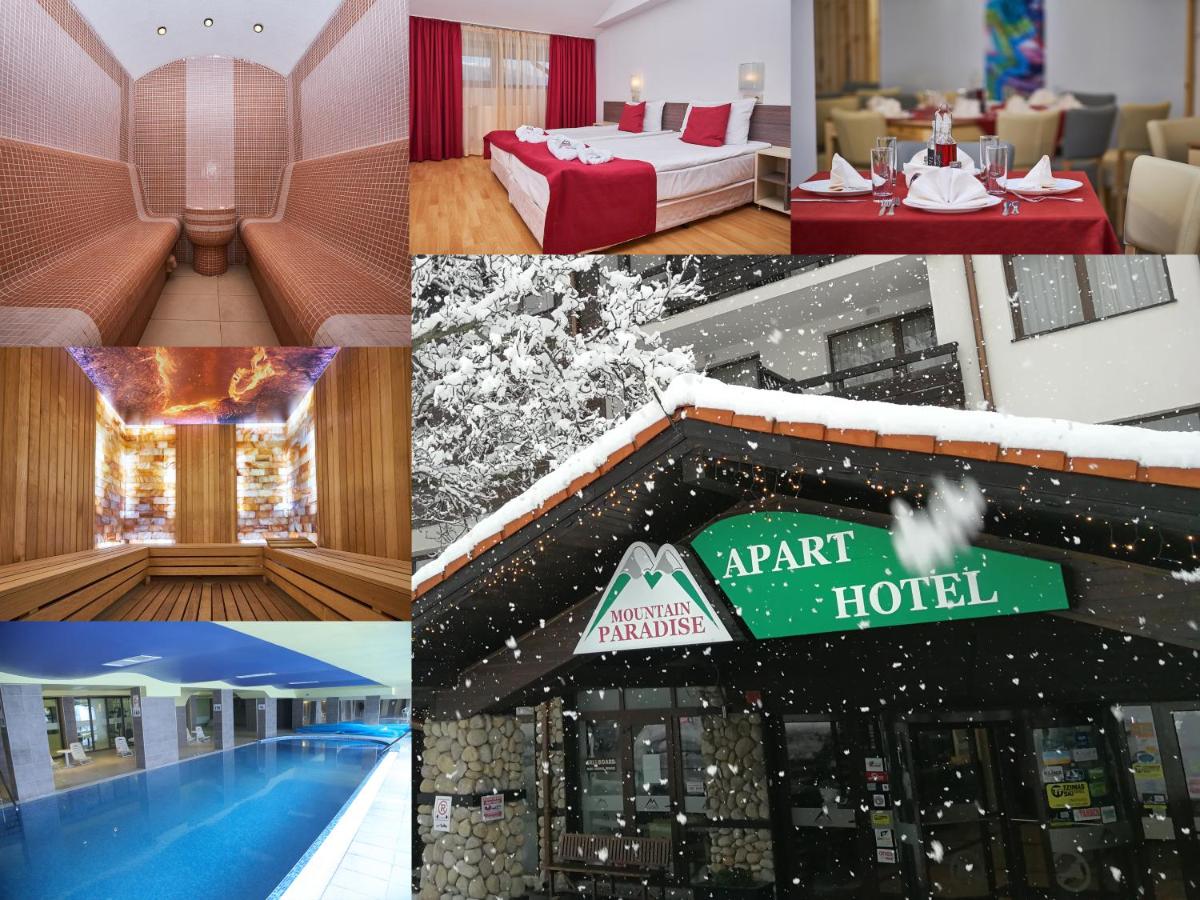
Mountain Paradise by the Walnut Trees - Free wellness
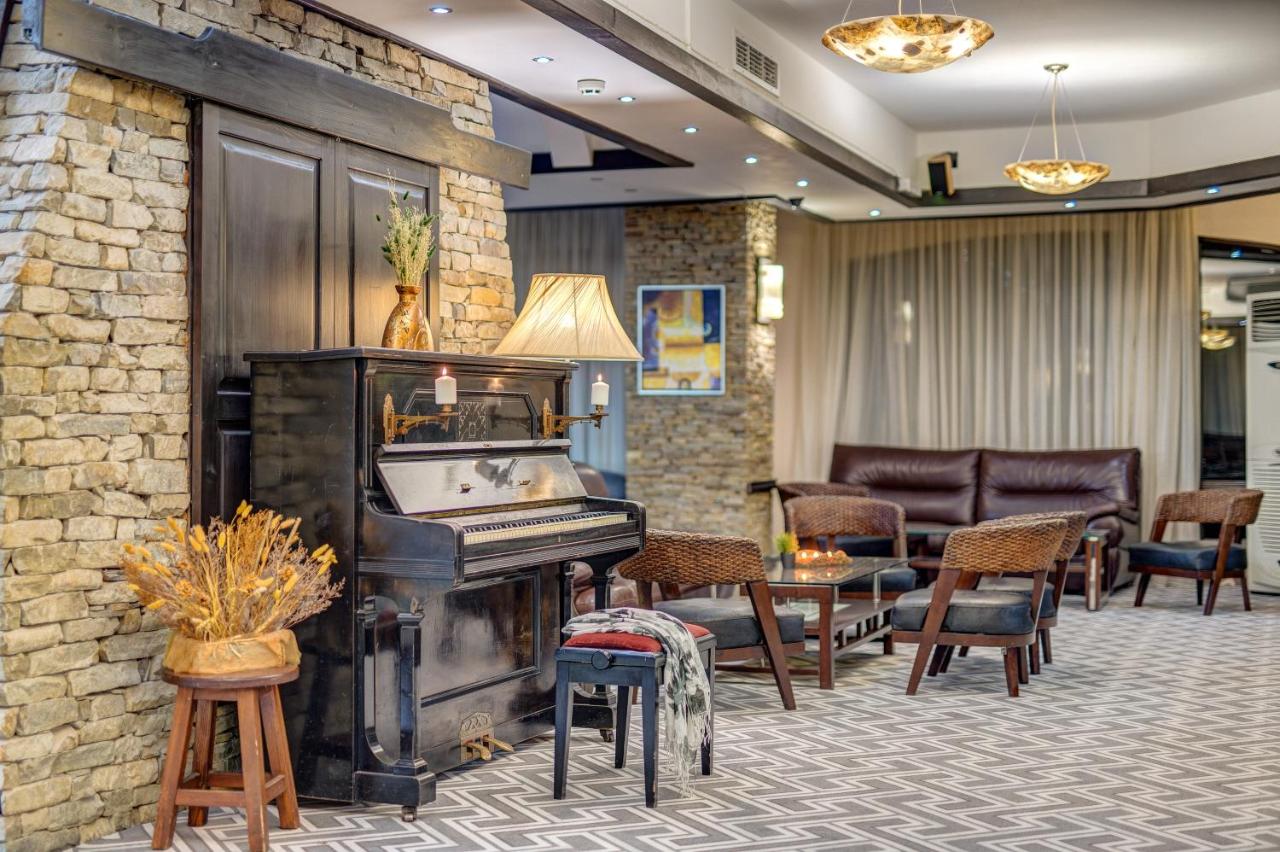
Hotel Bansko SPA & Holidays - Free Parking
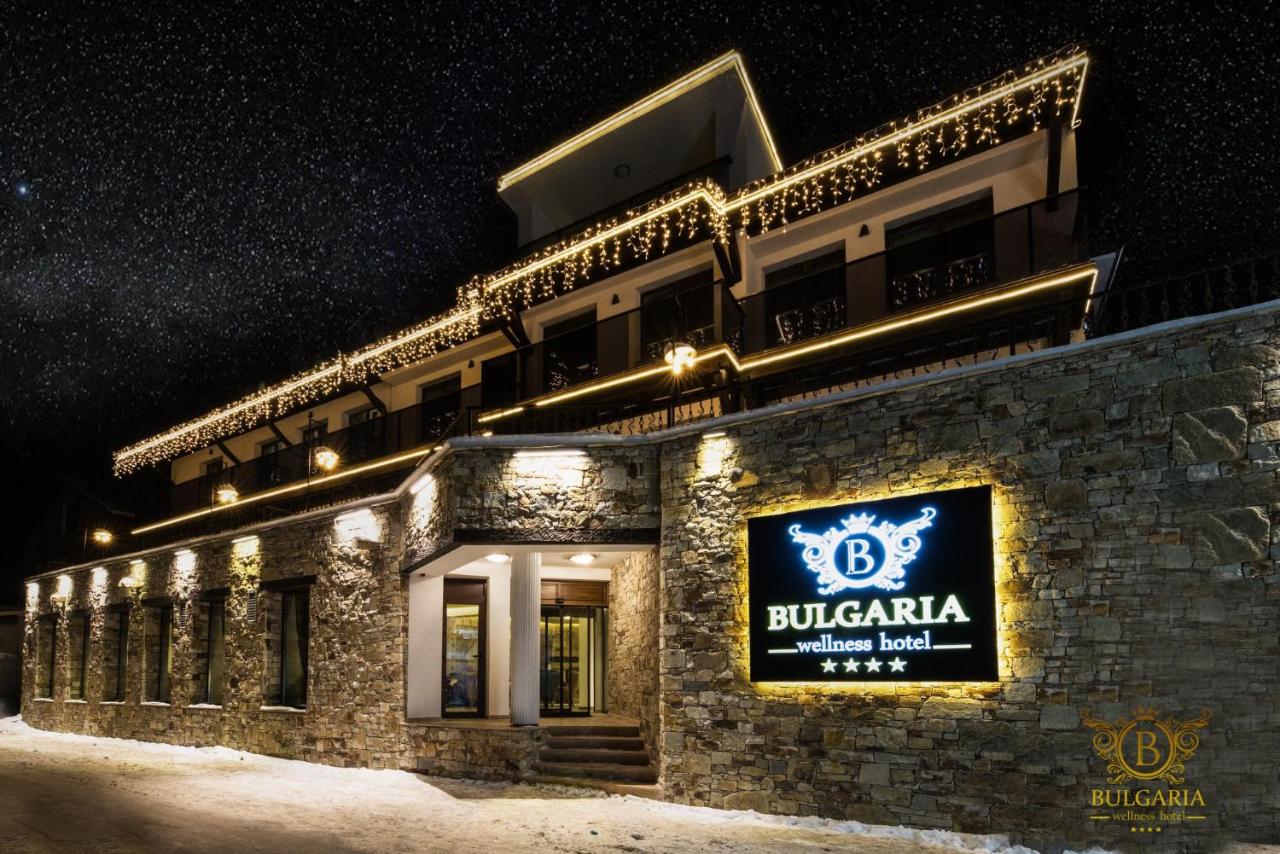
Wellness Hotel Bulgaria
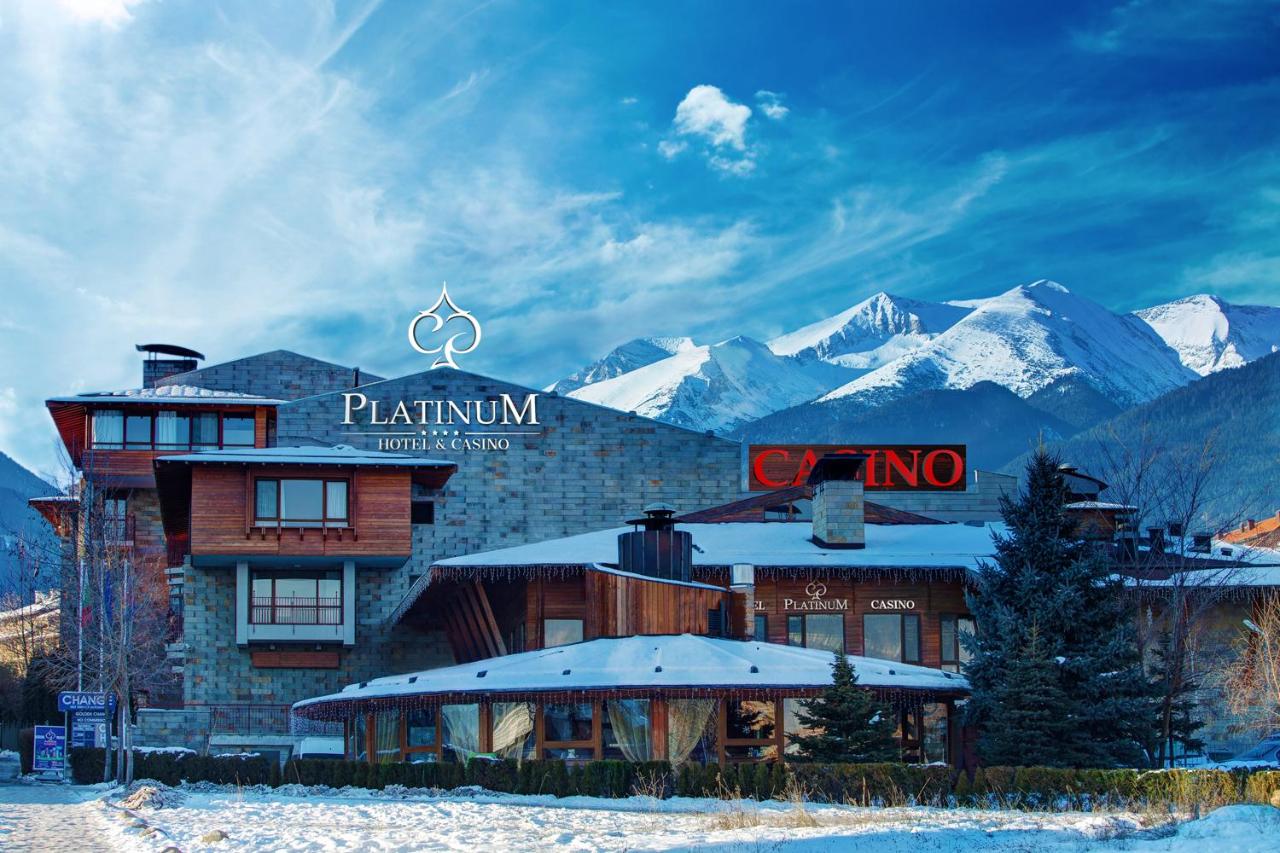
Platinum Hotel and Casino Bansko

Katarino SPA Hotel

Lucky Bansko Aparthotel SPA & Relax

Sunrise Park Complex - Free Wellness

SPA Resort St Ivan Rilski - Halfboard & All Inclusive
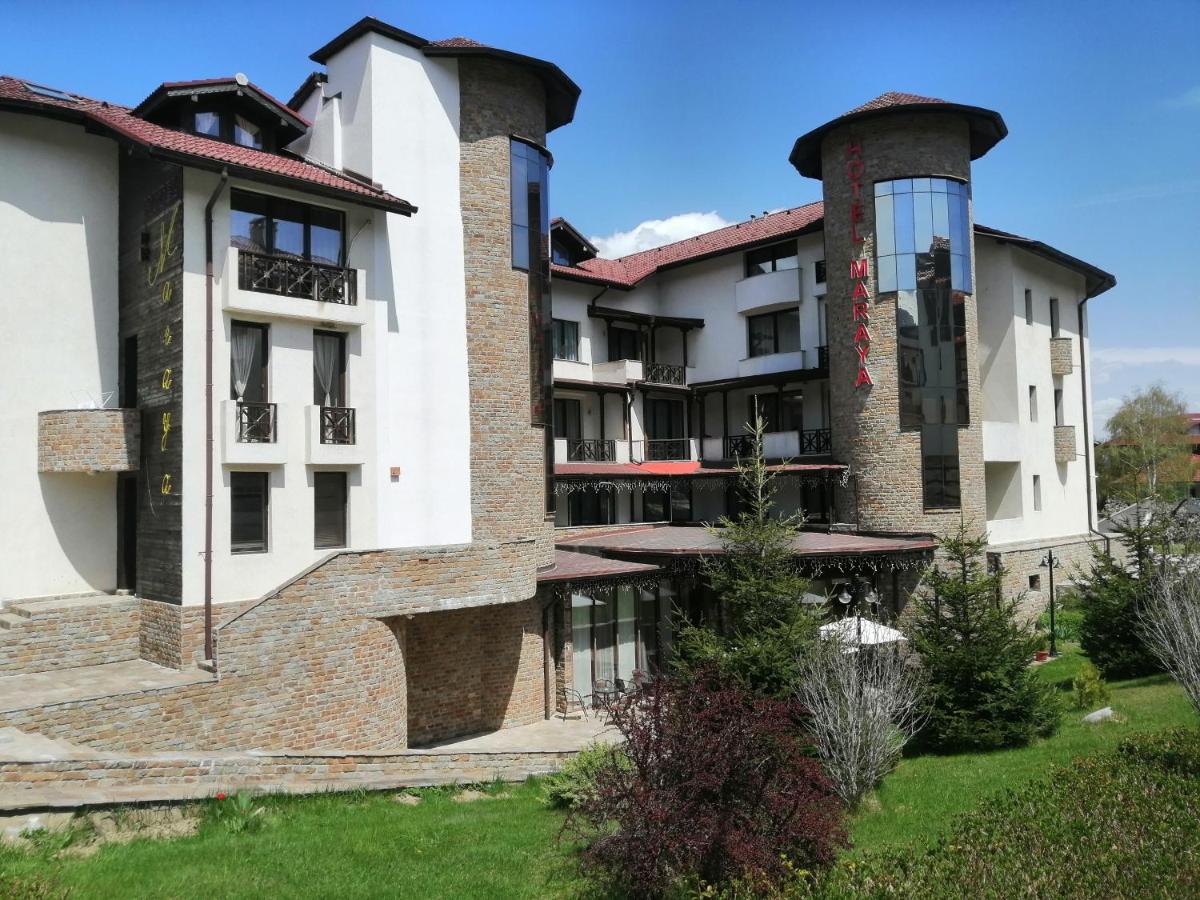
Maraya Hotel Bansko
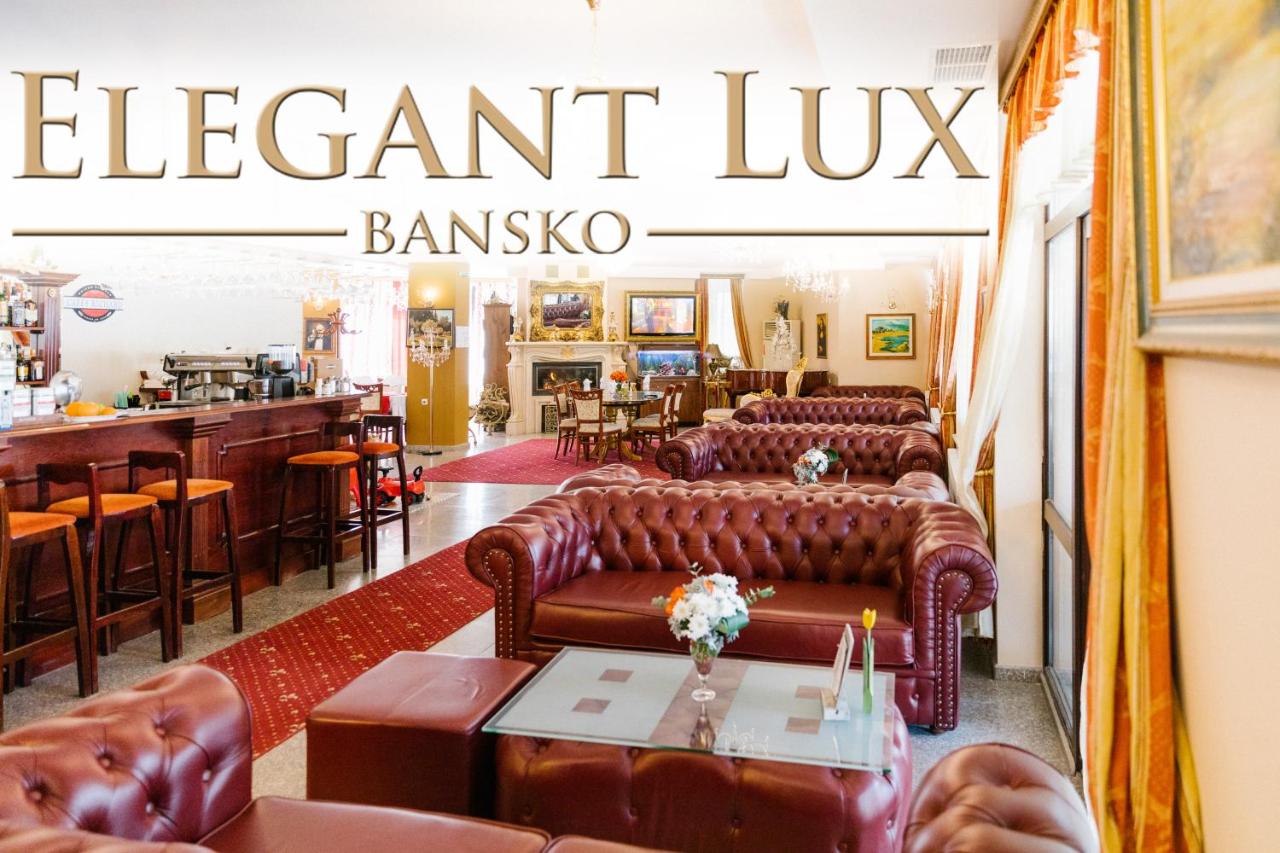
Elegant Lux Hotel
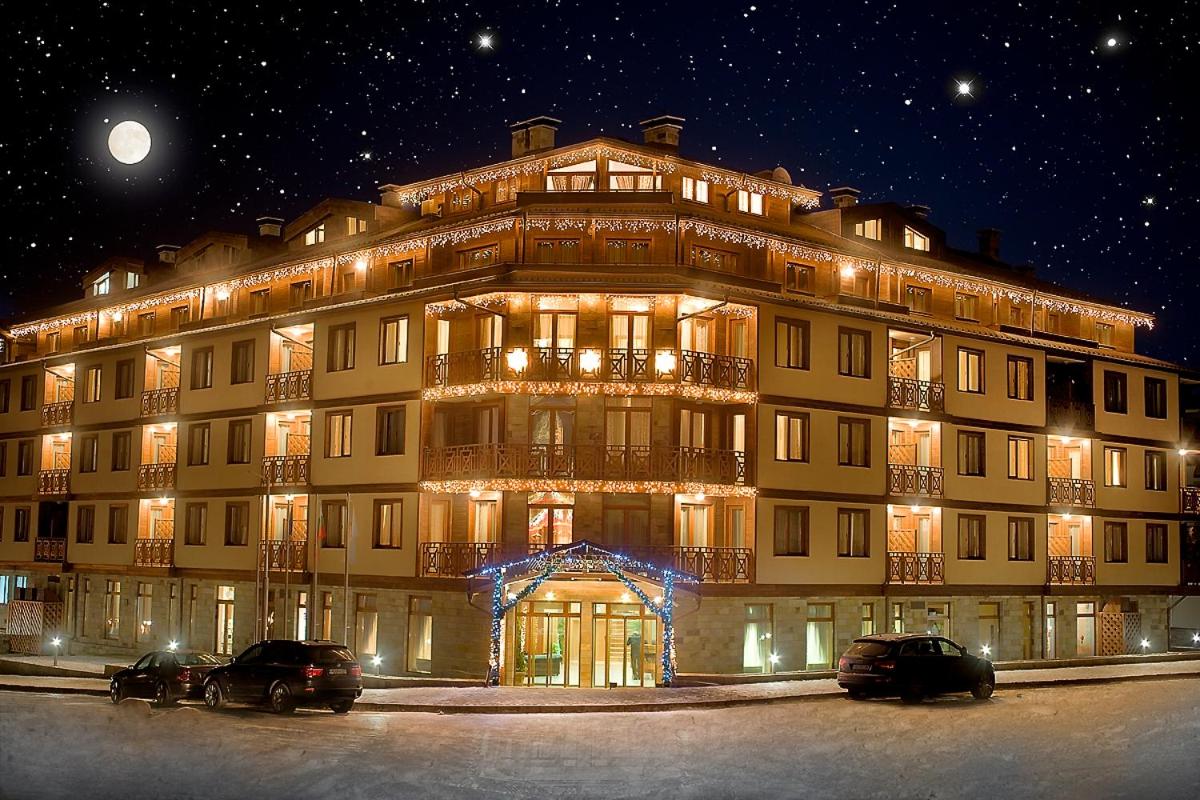
Vihren Royal Palace
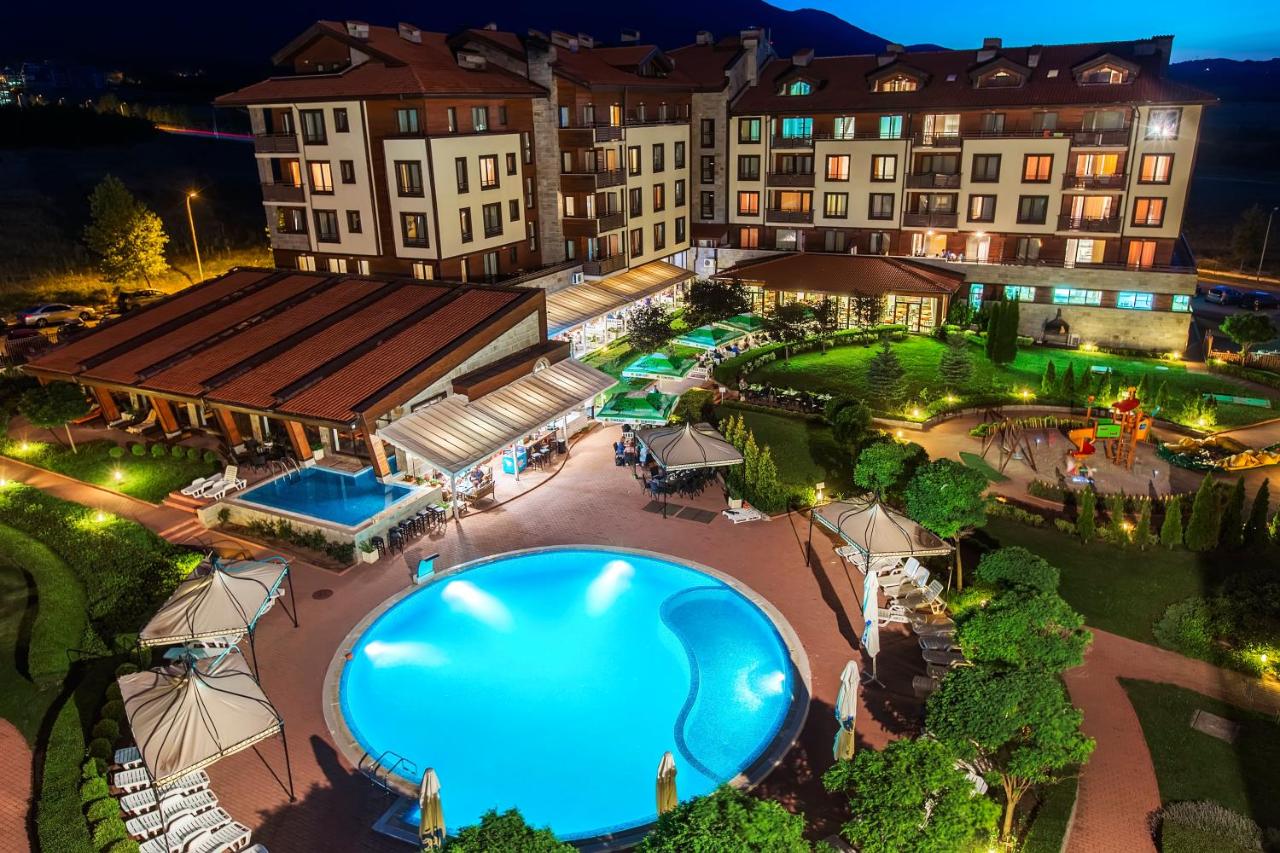
Murite Park Hotel
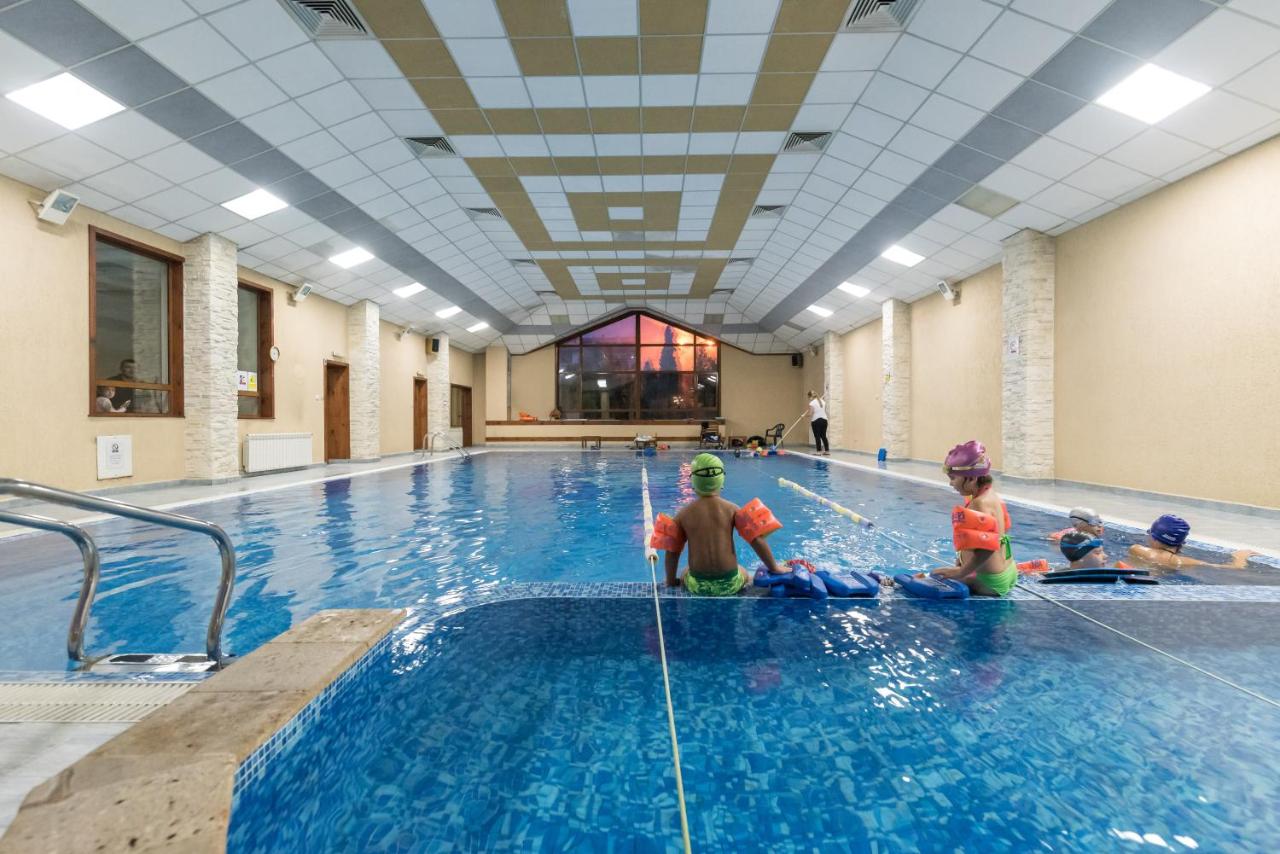
Evelina Palace Hotel
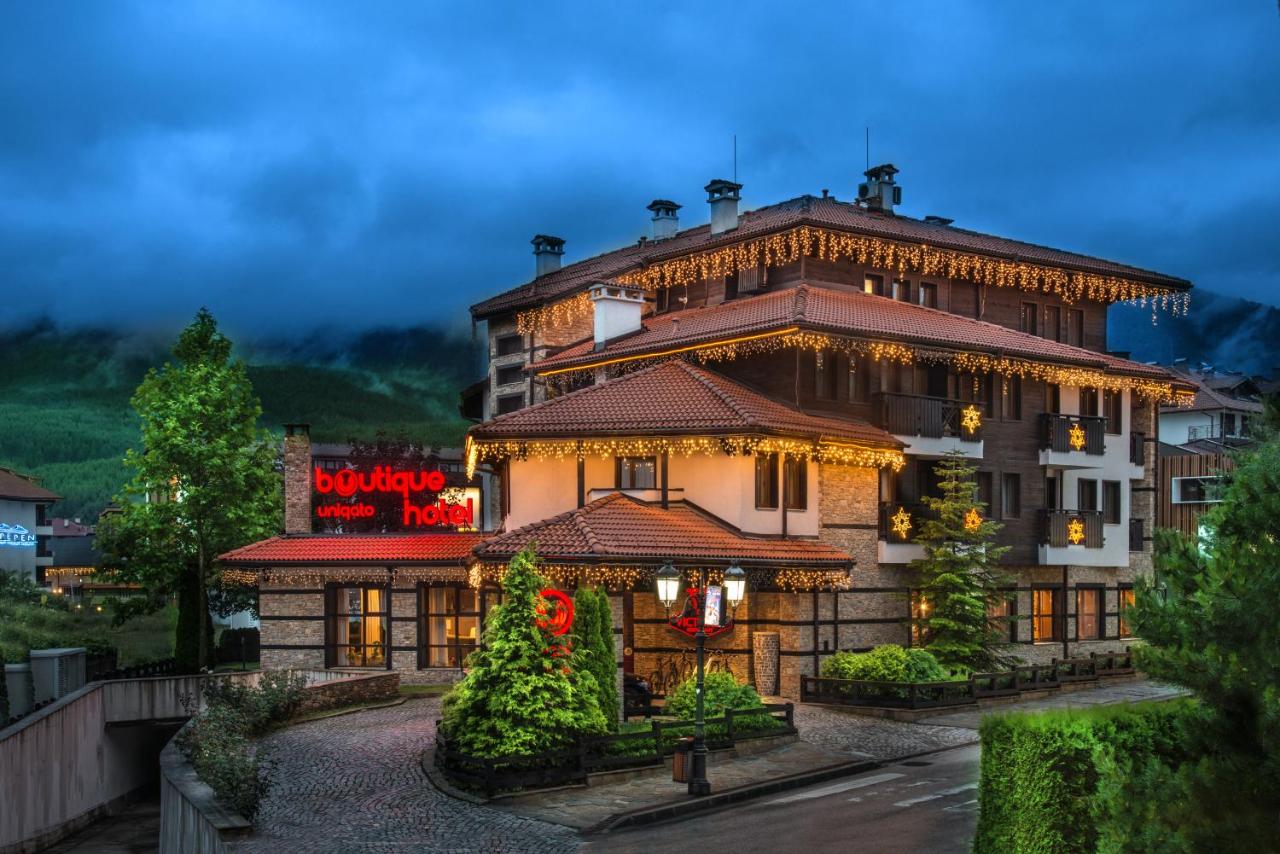
Boutique Hotel Uniqato

Hotel Perun Lodge
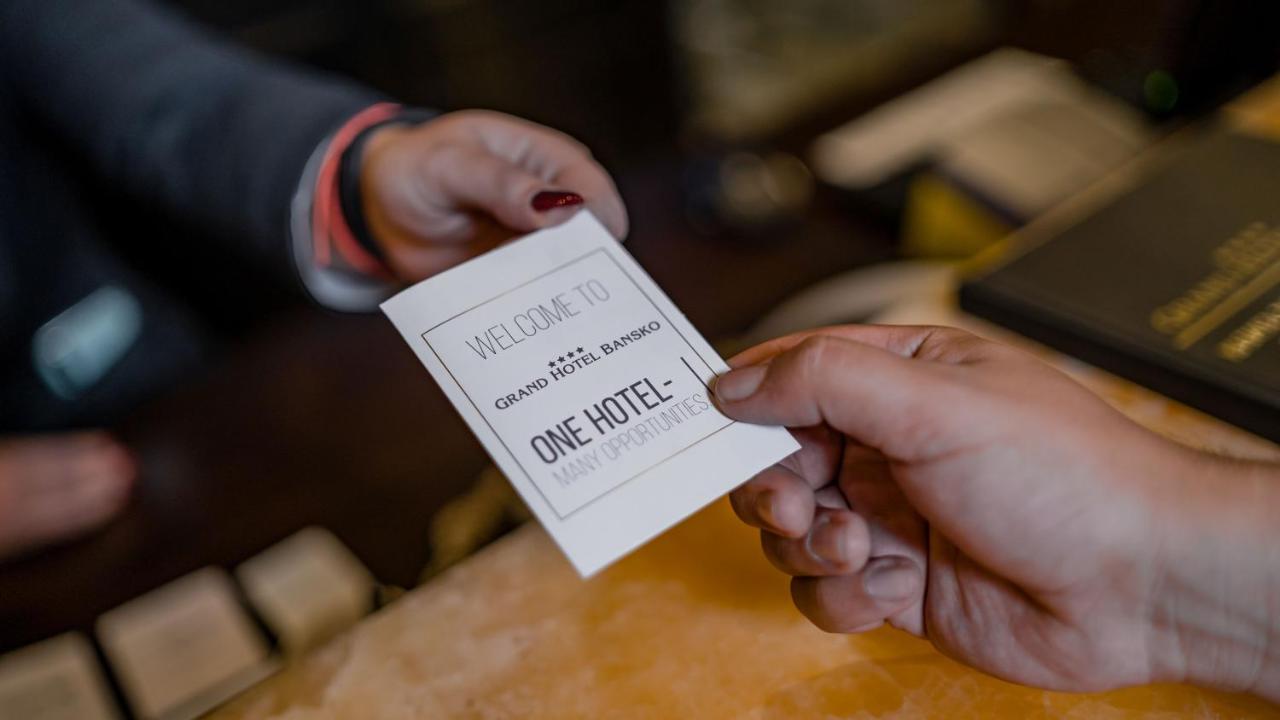
Grand Hotel Bansko - Fitness & SPA

Premier Luxury Mountain Resort
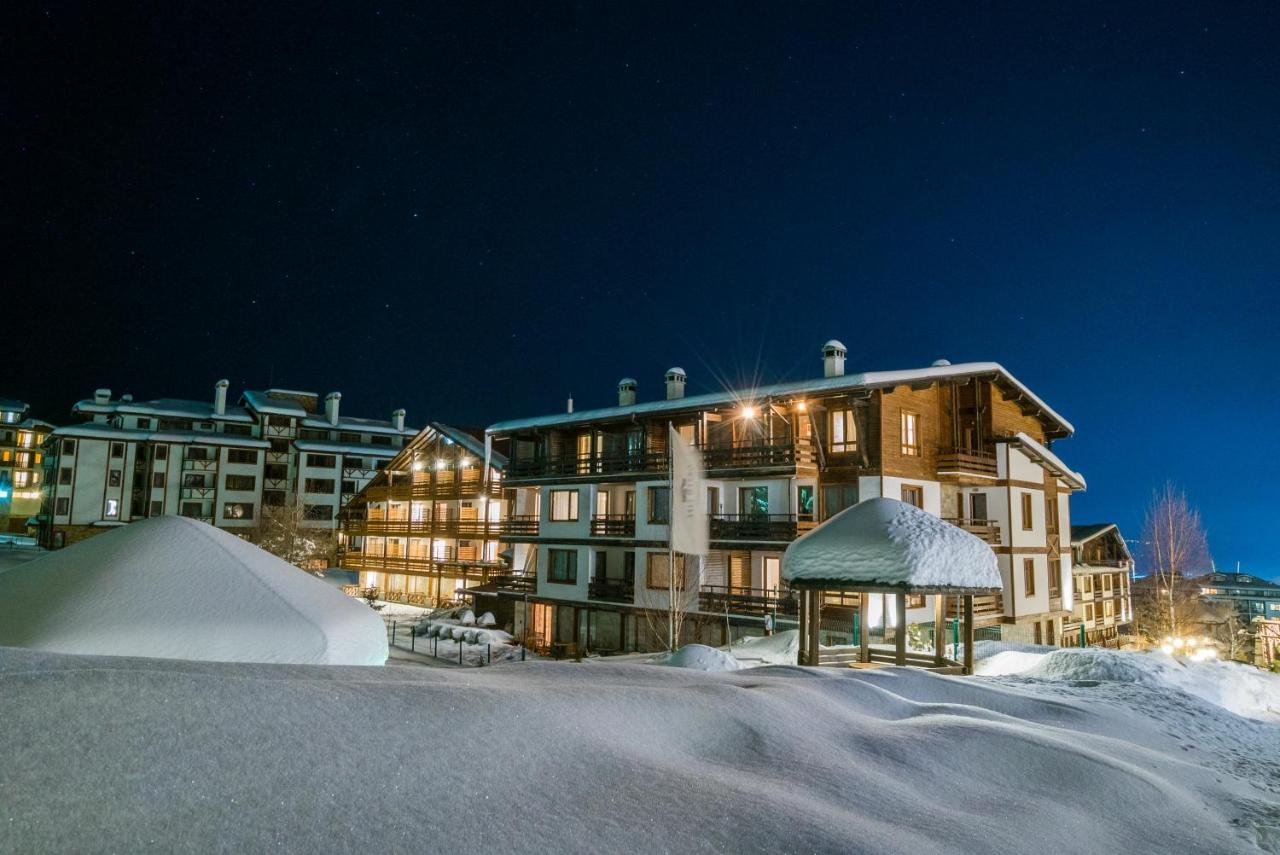
Green Life Bansko

Four Points by Sheraton Bansko

Hotel Pirin

Royal Bansko - Half Board Plus & All Inclusive
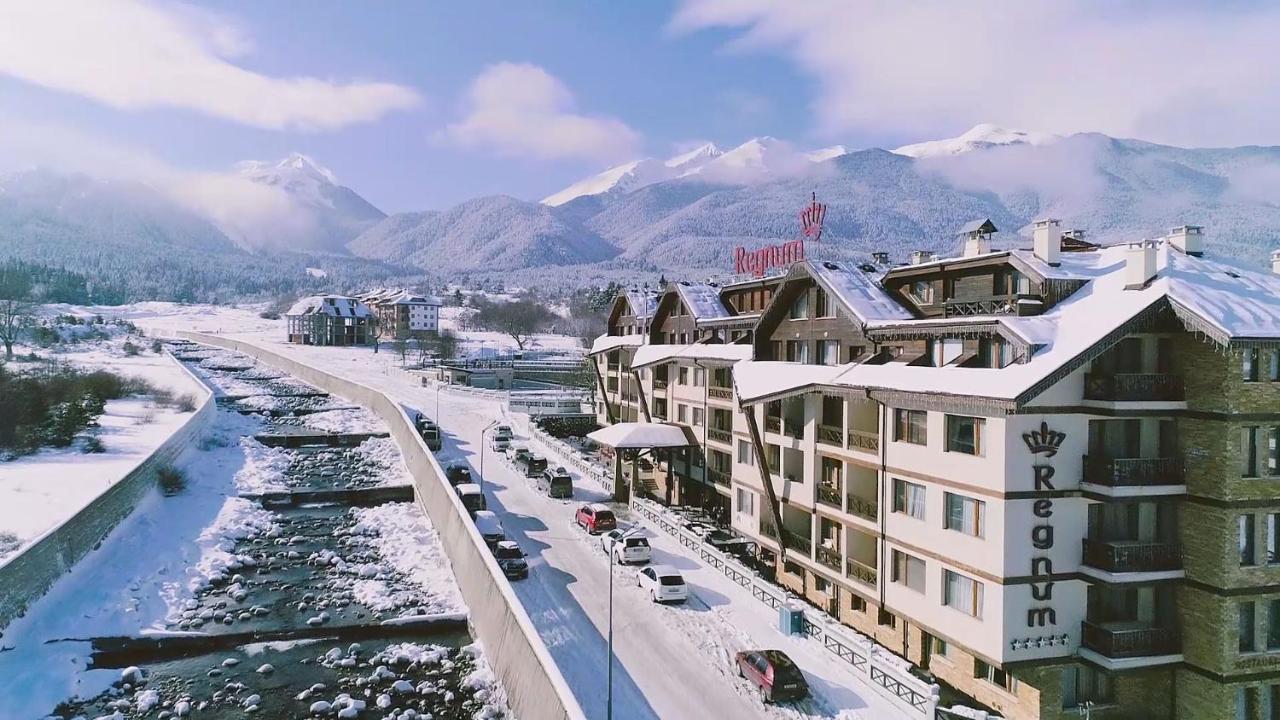
Regnum Bansko Ski Hotel & SPA
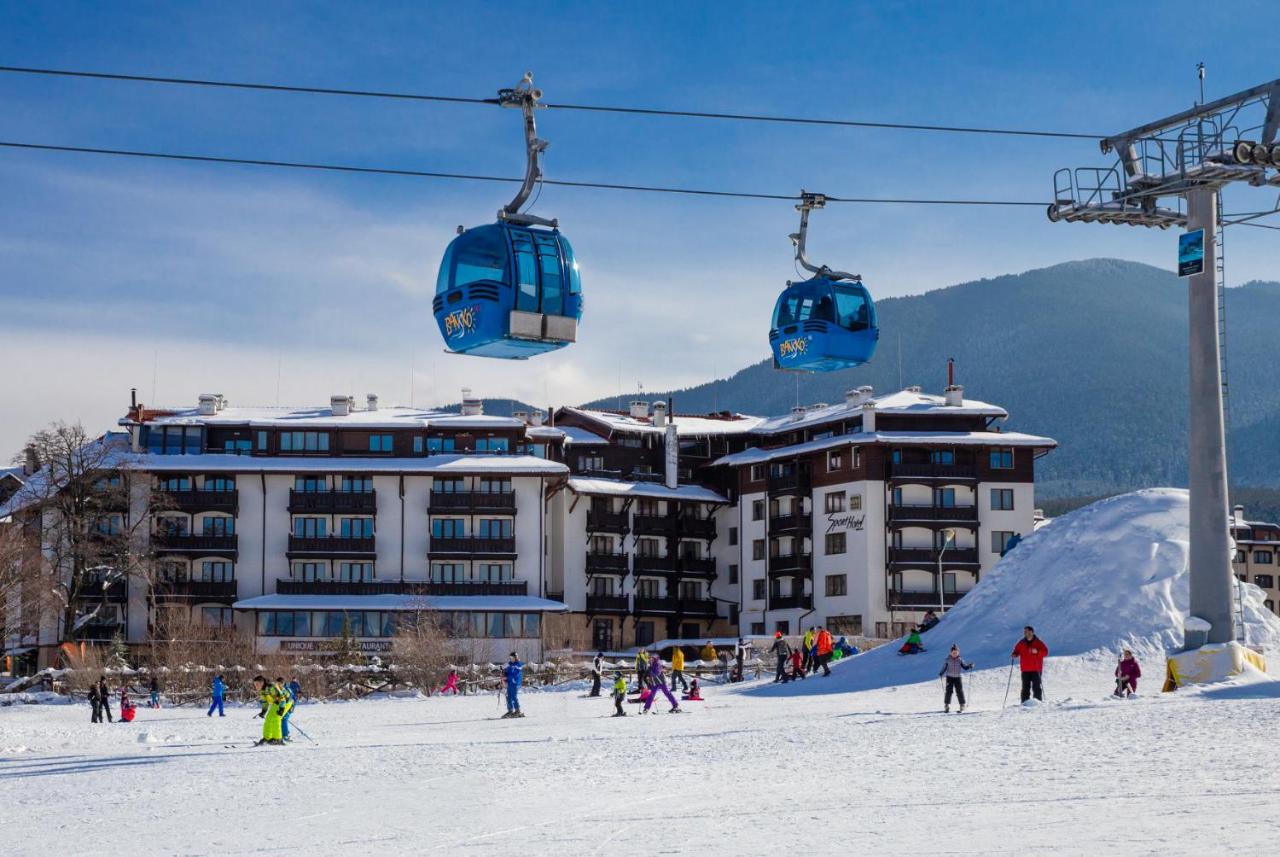
MPM Hotel Sport Ski-in, Ski-out

Hotel Casa Karina Bansko - Half Board & All Inclusive

Parklands Hotel & Pool
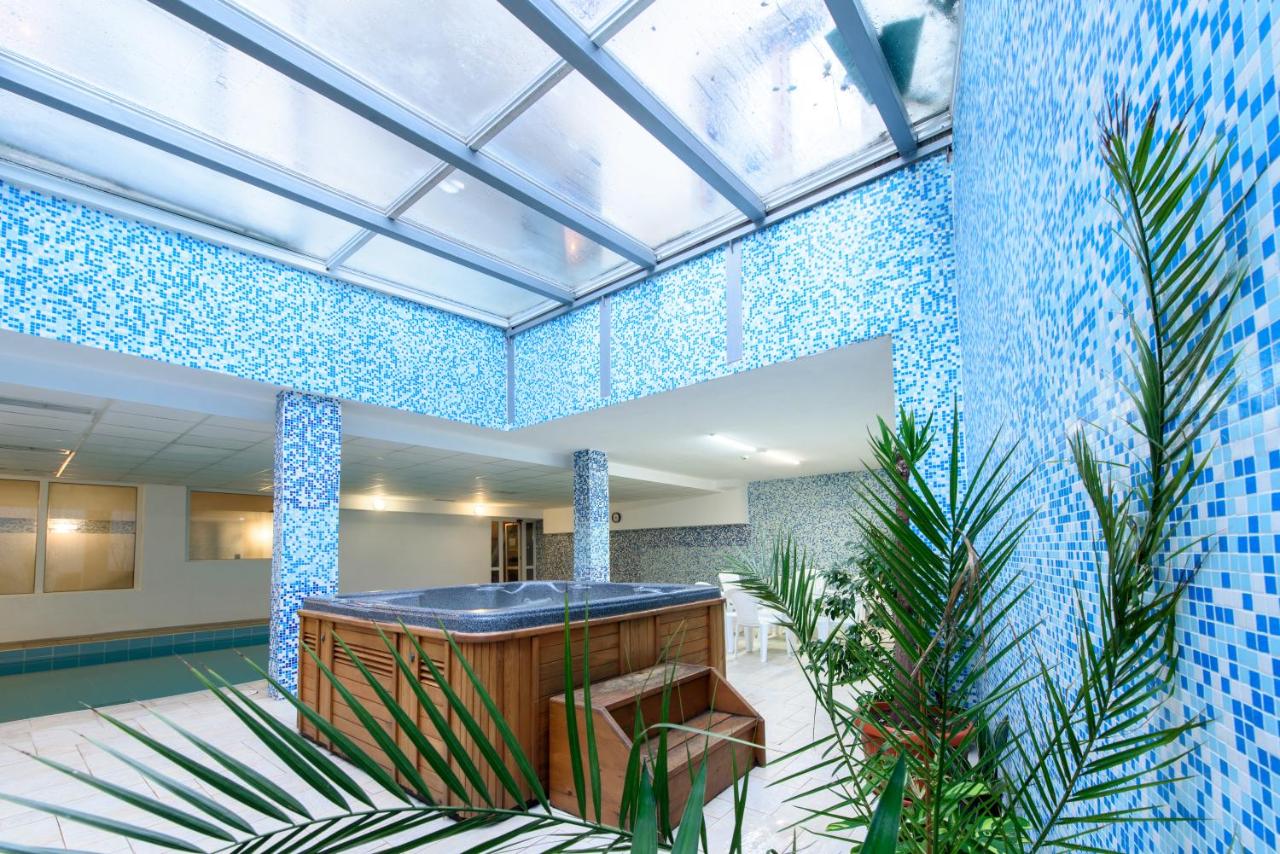
Kap House Family Hotel
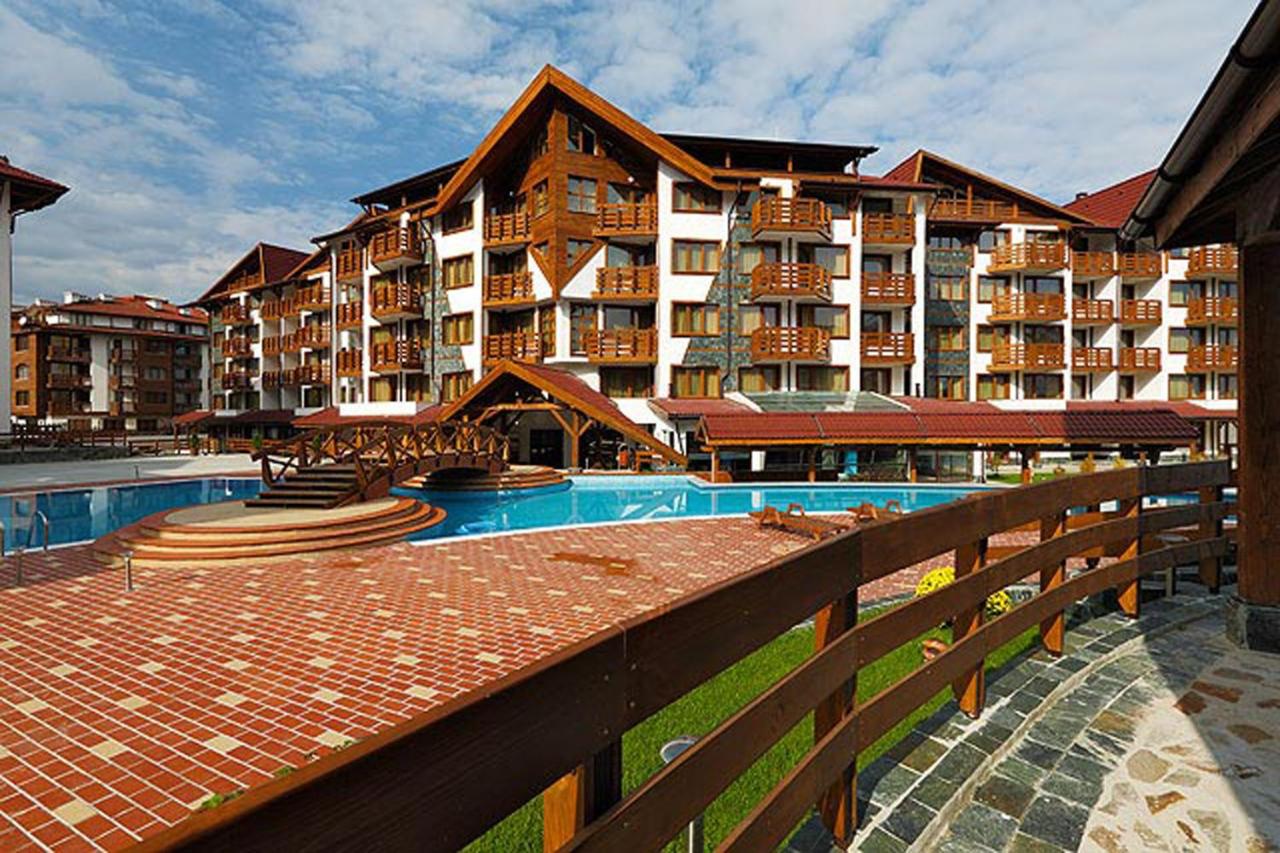
Belvedere Holiday Club
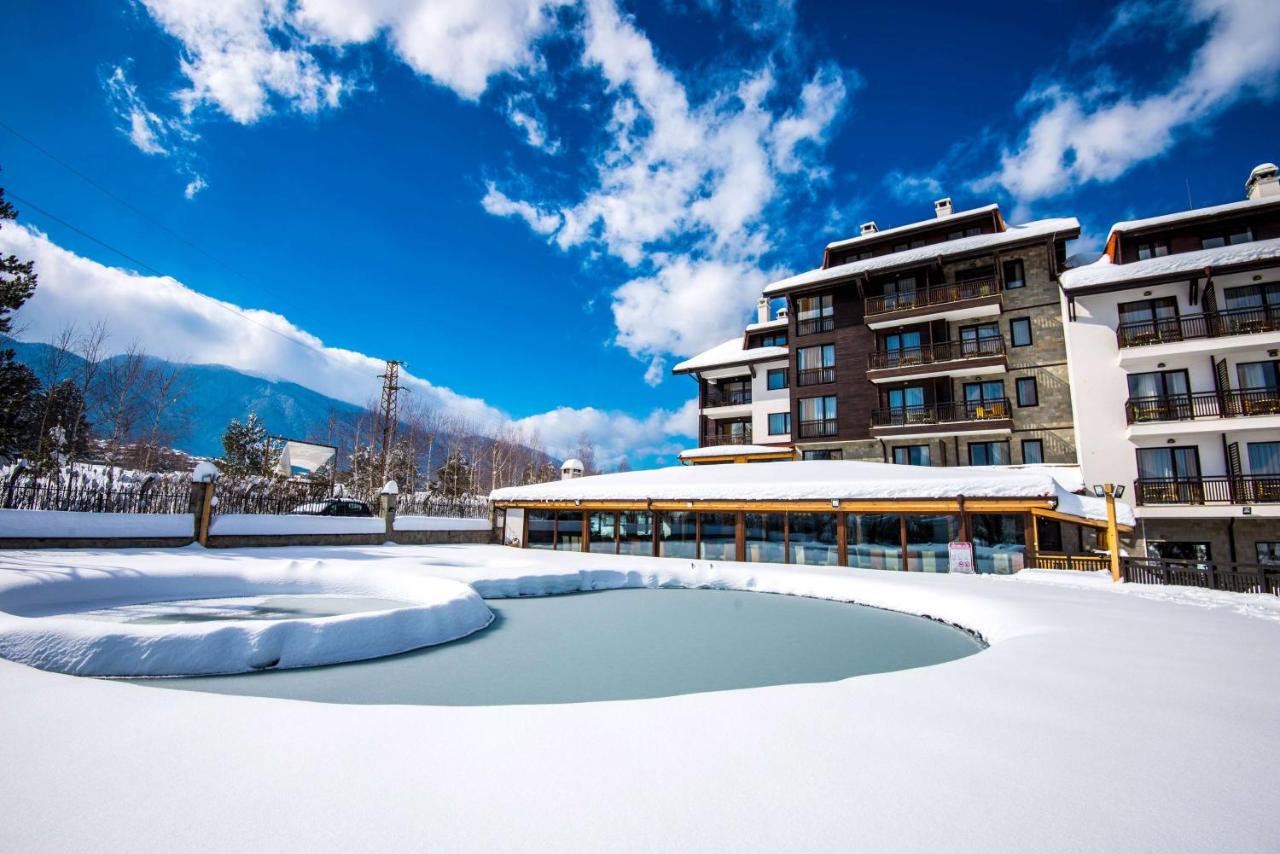
The Balkan Jewel Resort, Trademark Collection by Wyndham
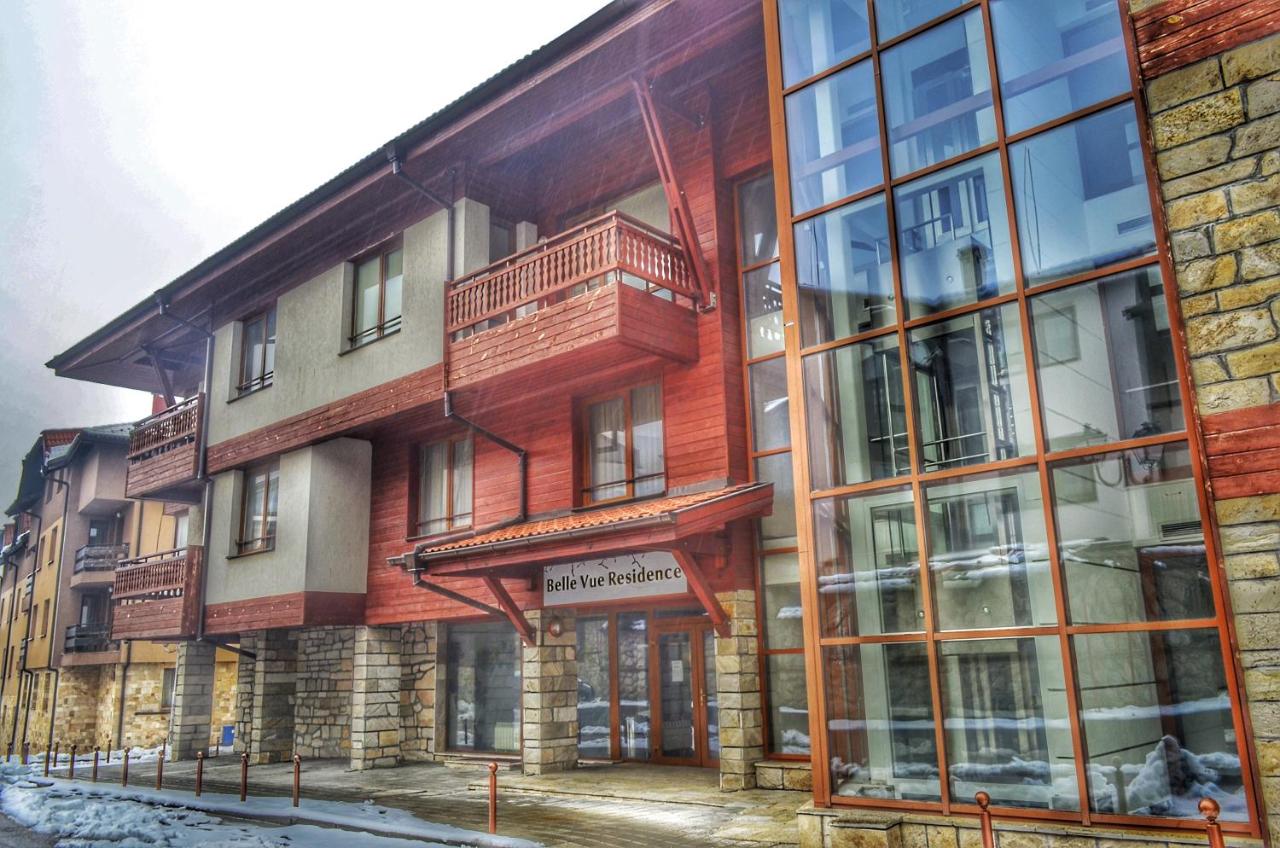
Bellevue Residence Apartments
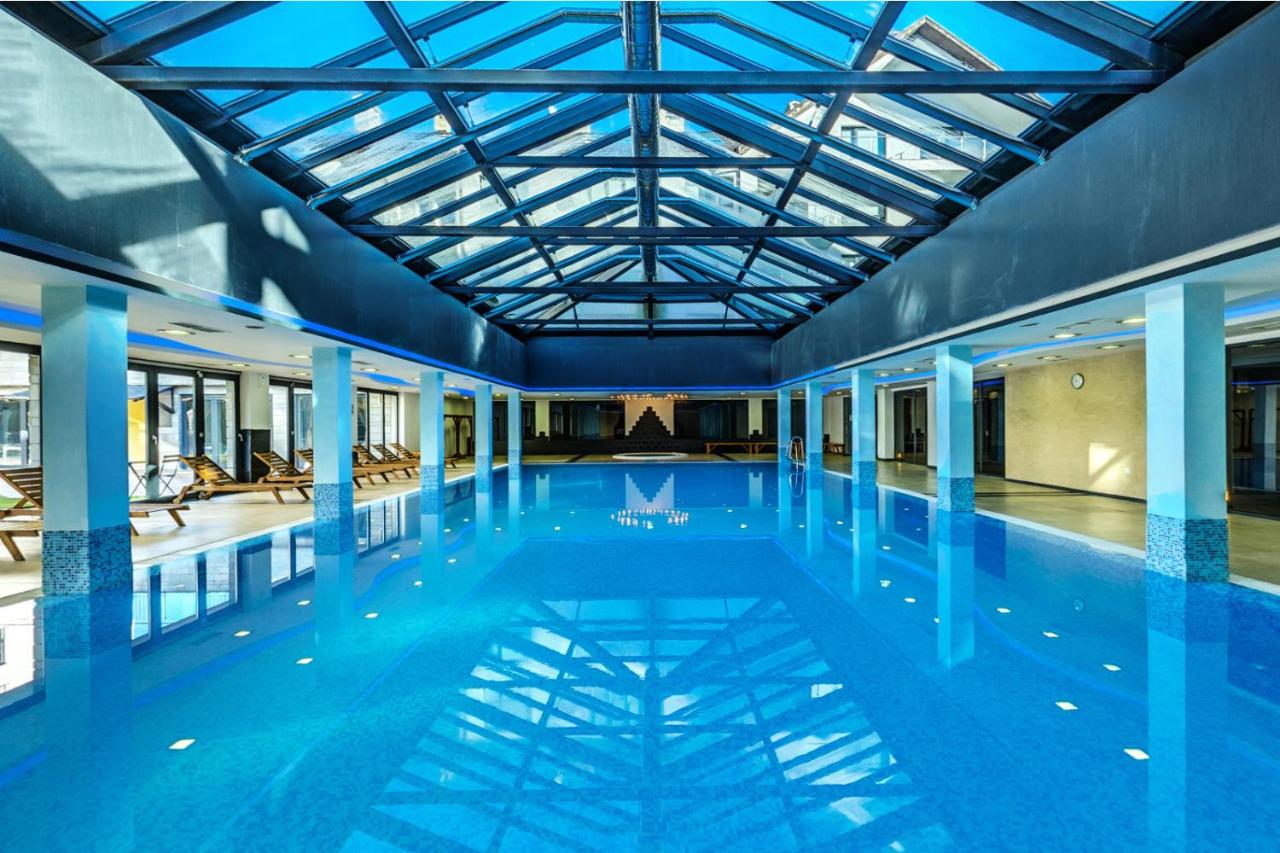
Saint George Palace Aparthotel
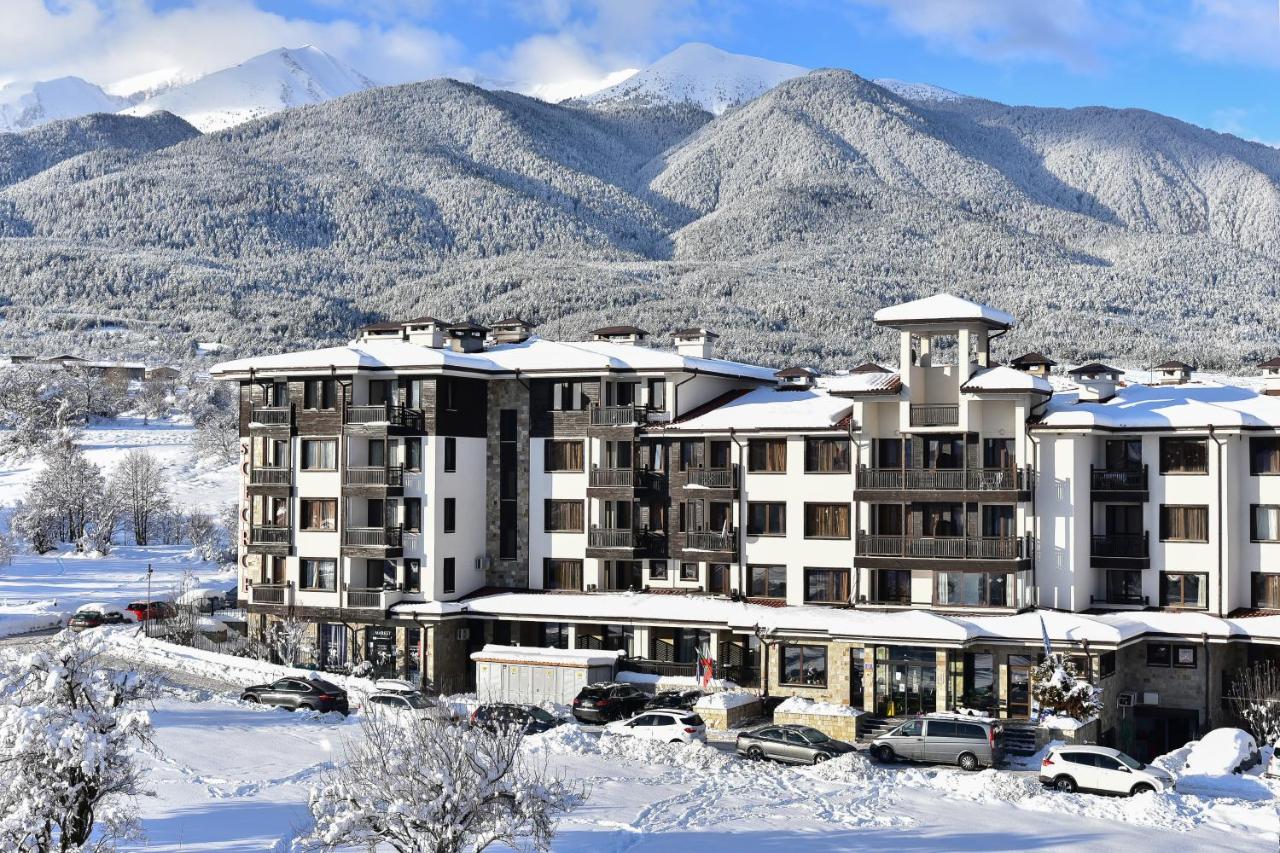
St George Ski & Holiday

Hotel Iceberg Bansko
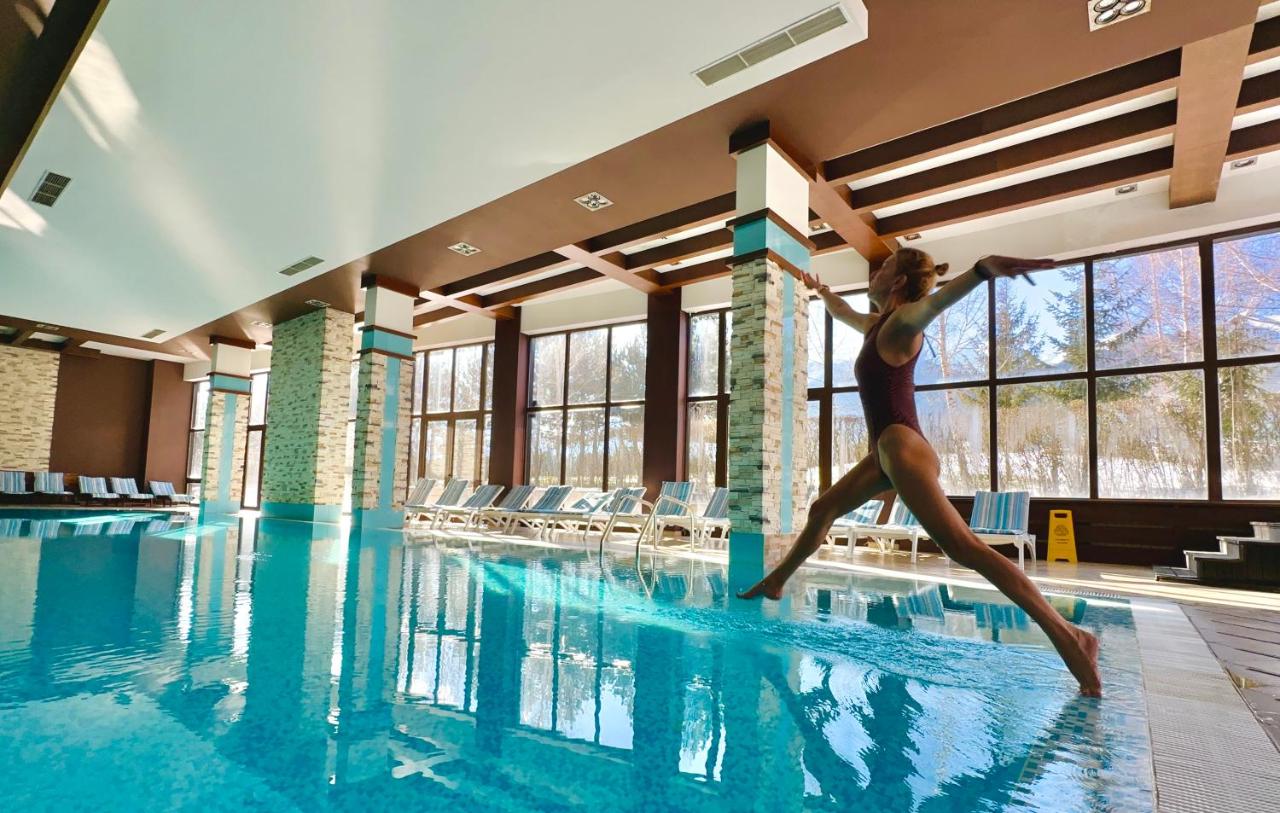
Terra Hotel
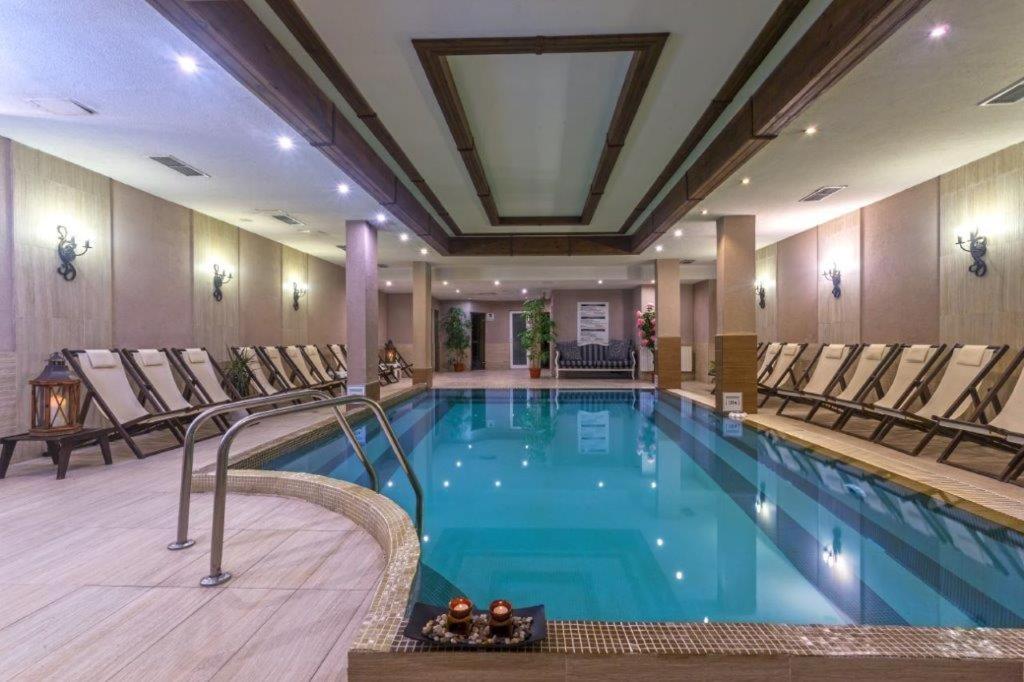
Maria-Antoaneta Residence

Molerite Complex

Grand Royale Apartment Complex & Spa

Predela 2 Aparthotel
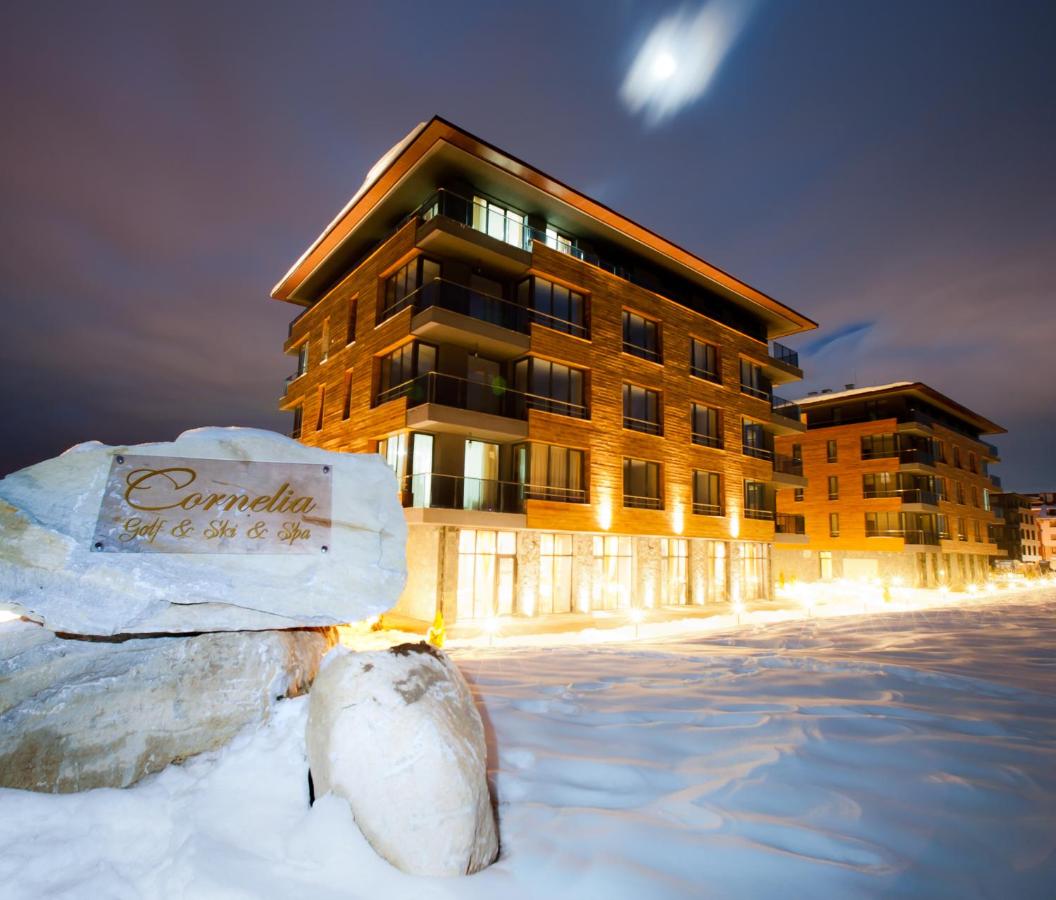
Cornelia Deluxe Residence

Pirin Golf Hotel & Spa
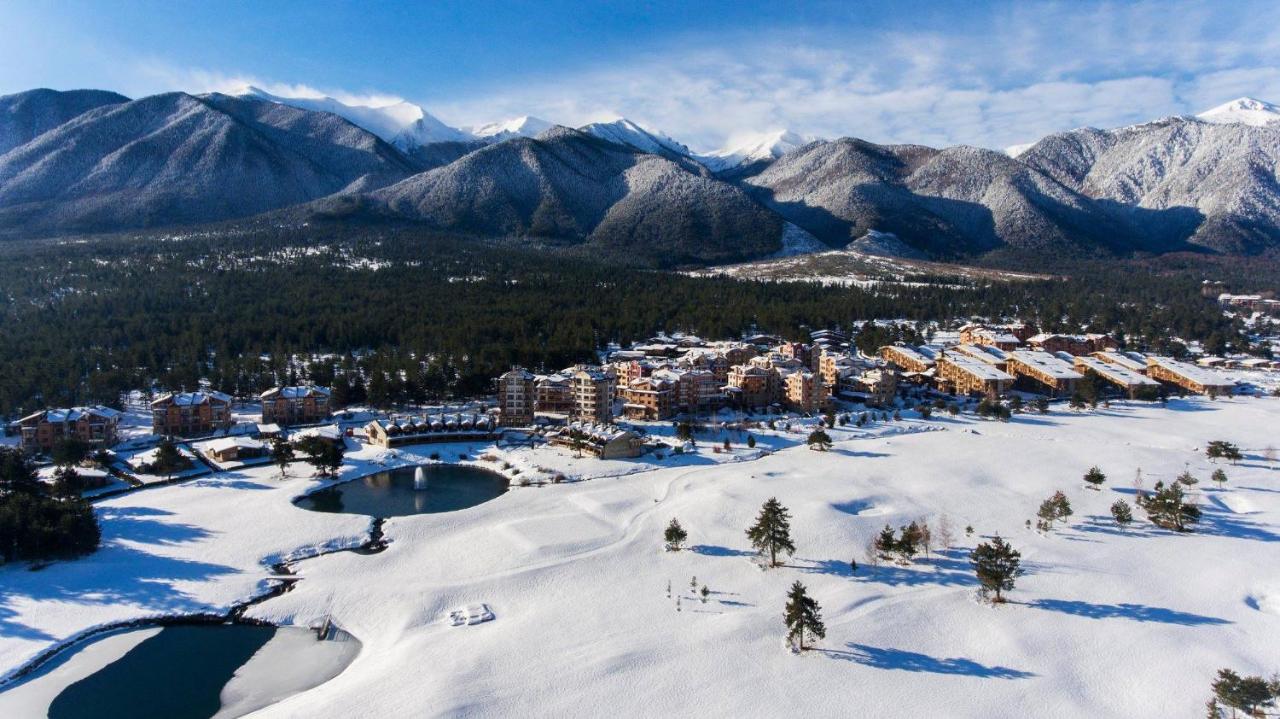
Pirin Golf & Country Club Apartment Complex
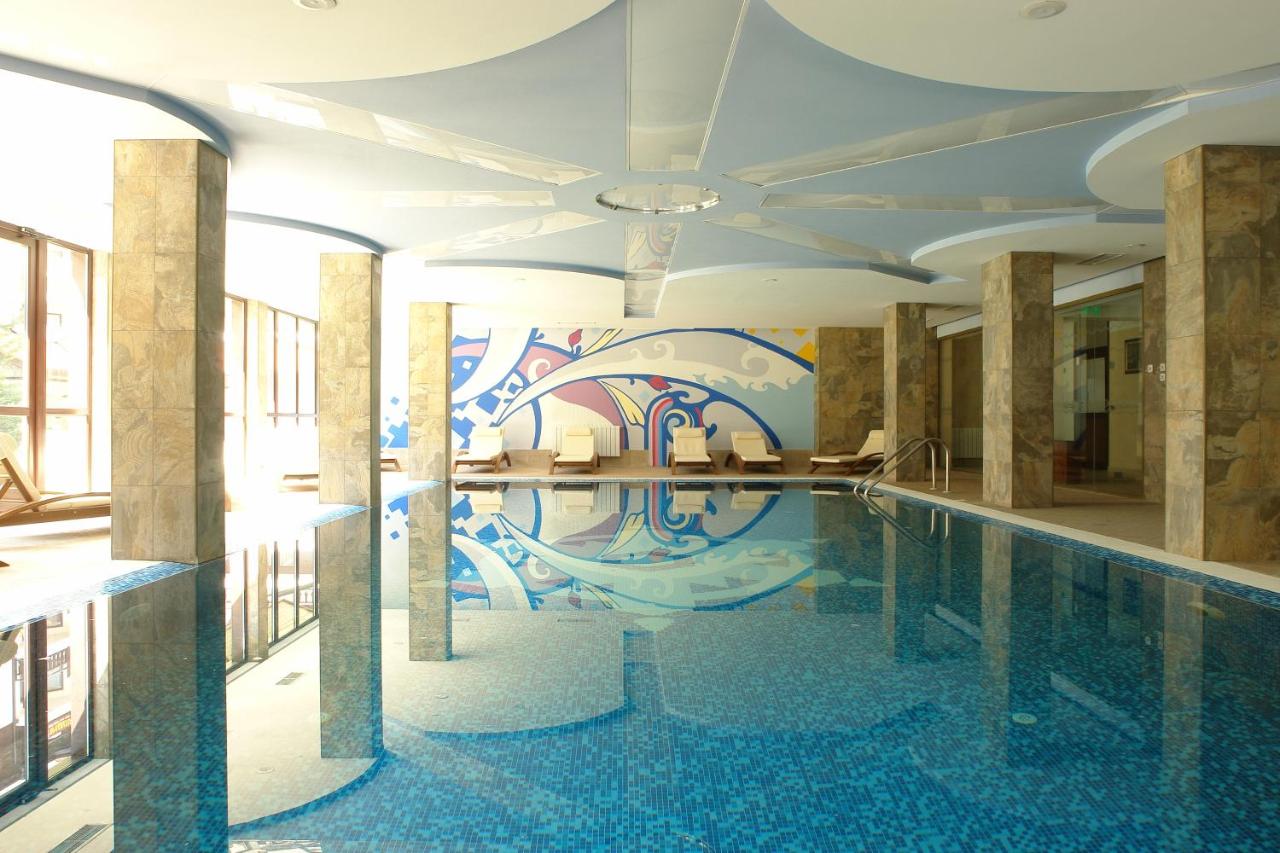
Winslow Infinity Aparthotel

Trinity Residence Bansko
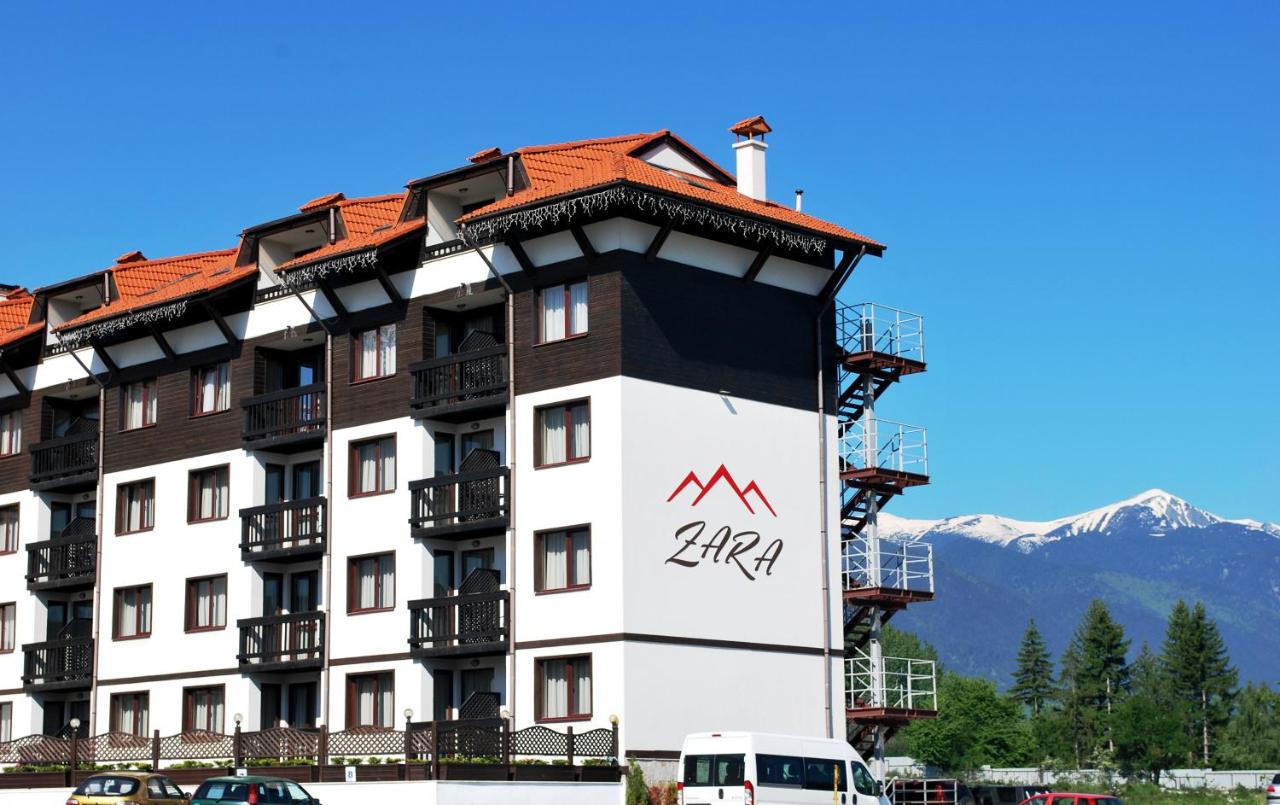
Zara Hotel
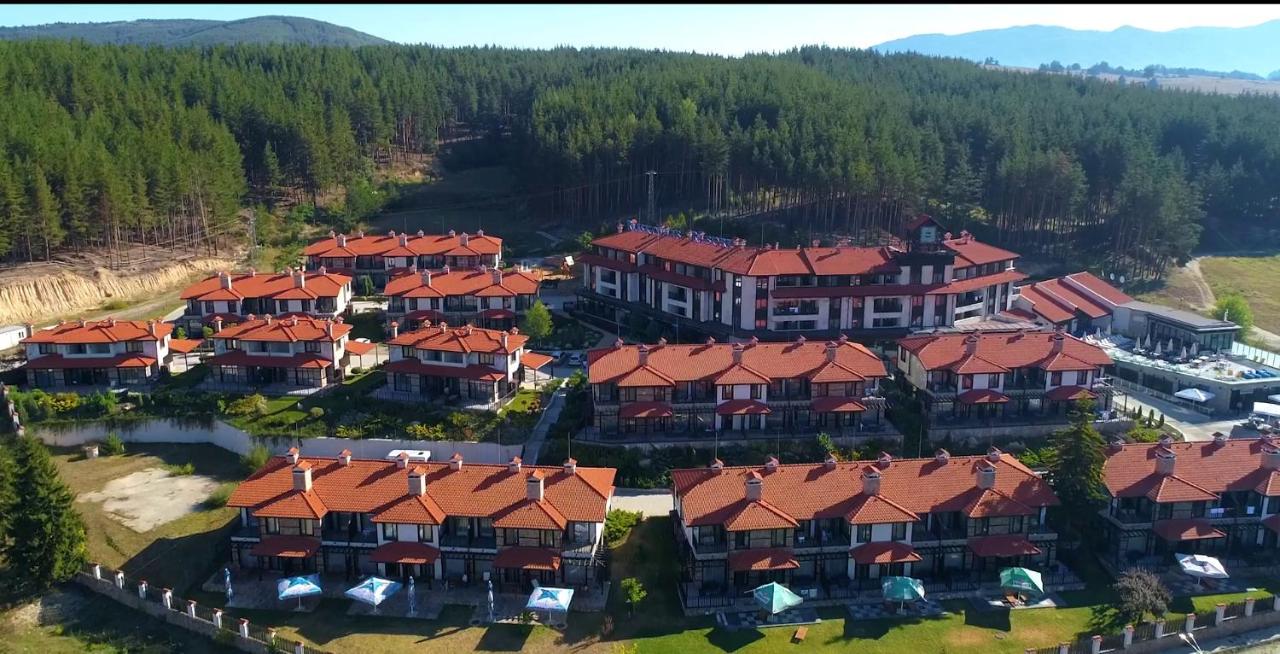
Ruskovets Thermal SPA & Ski Resort

Amira Boutique Hotel
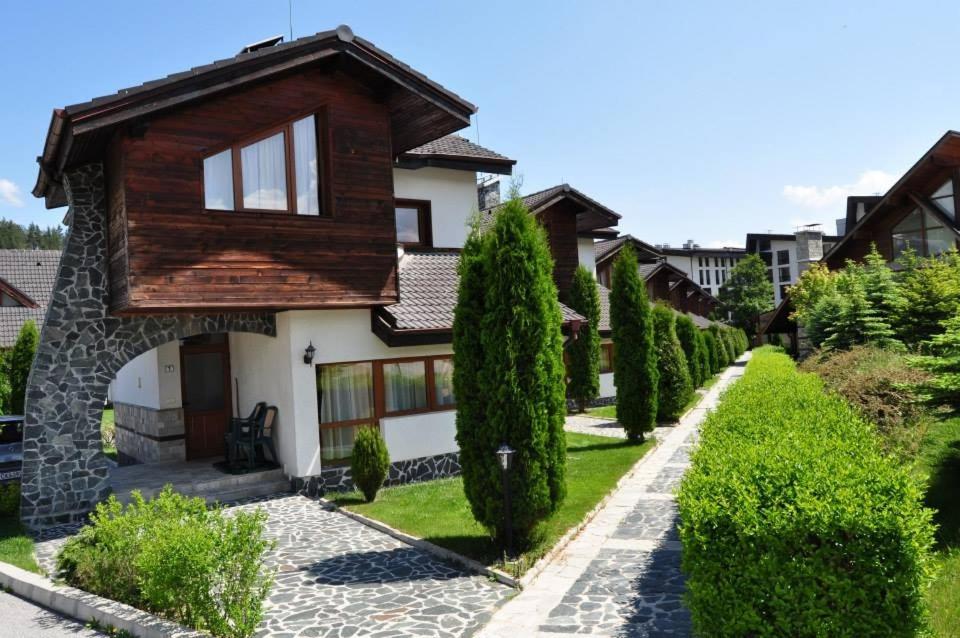
Redenka Holiday Club
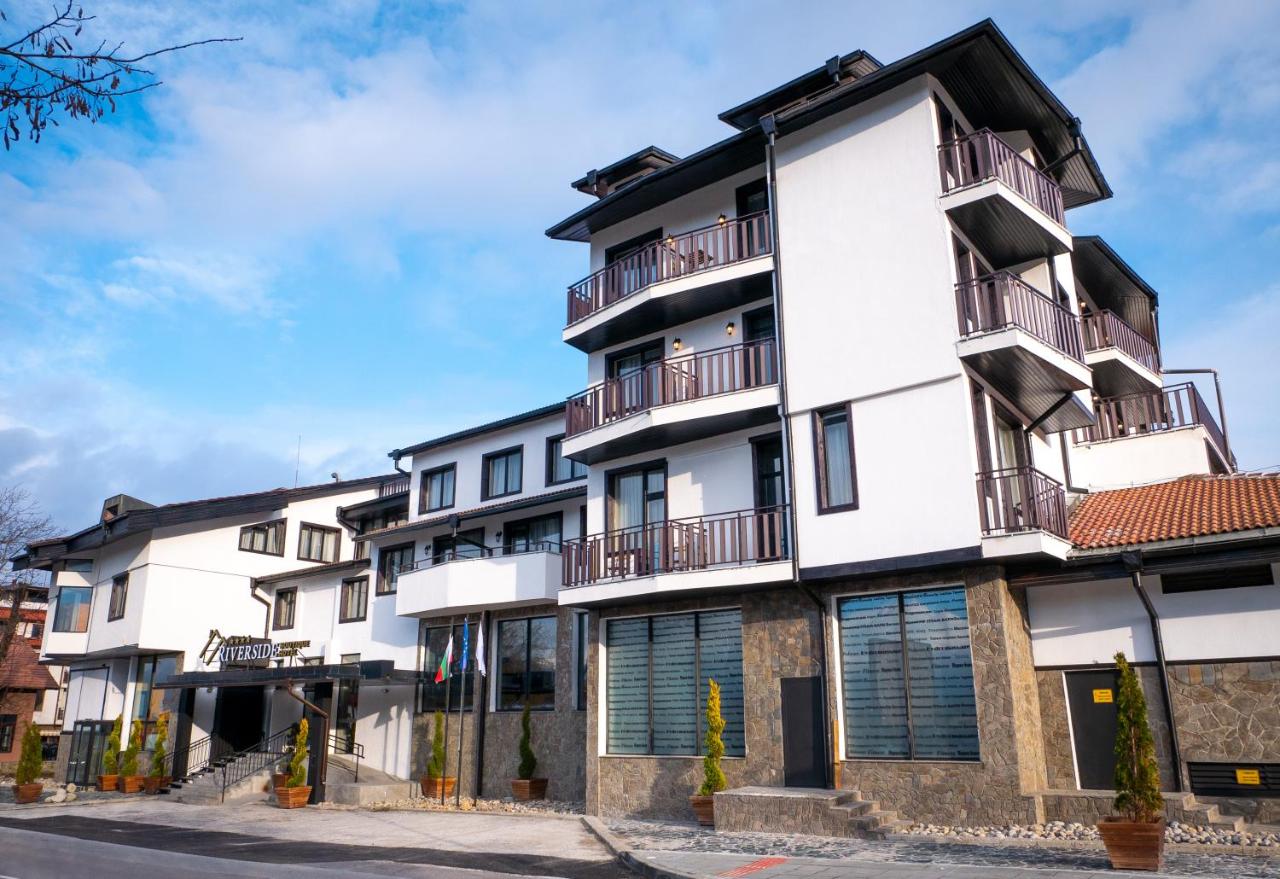
Riverside Boutique Hotel
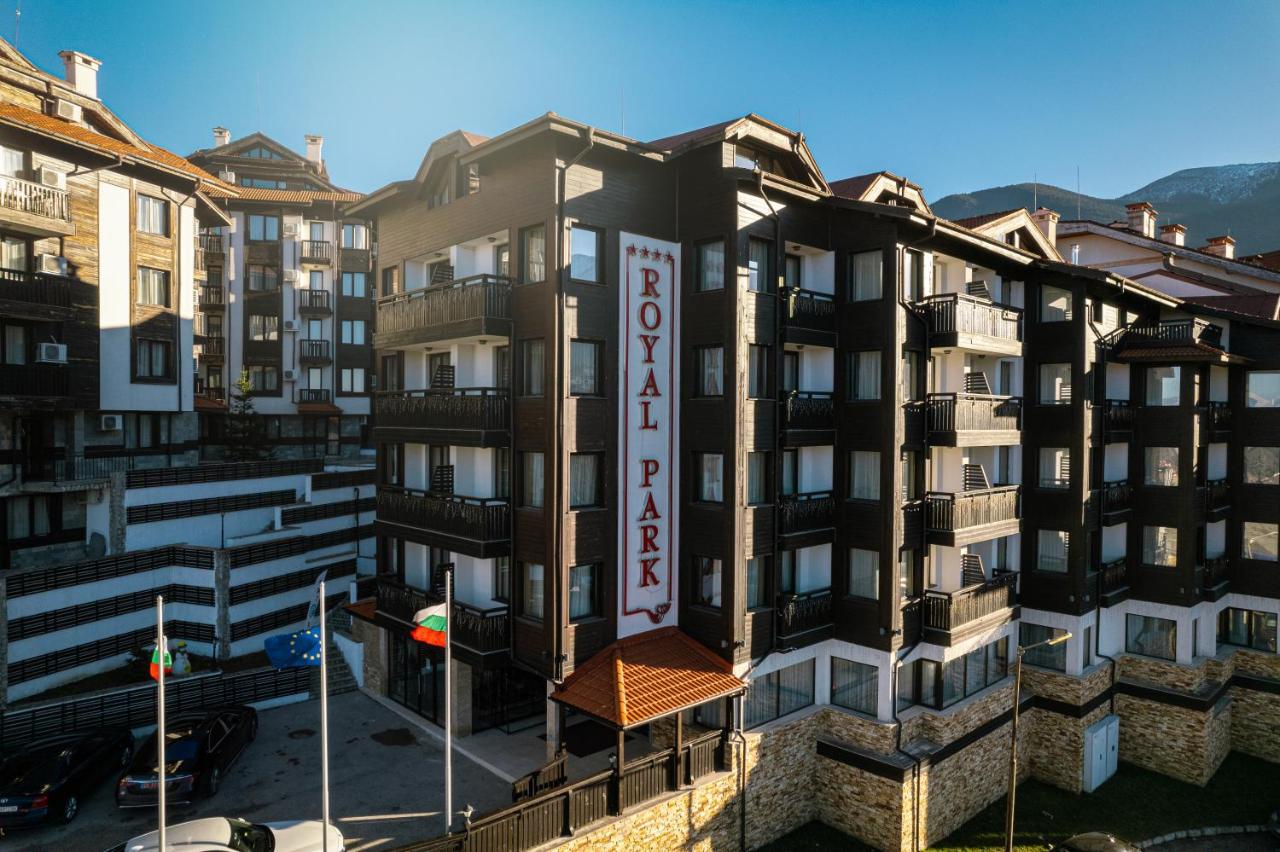
Royal Park Hotel & Apartments

7 Pools Boutique Hotel & SPA

Predela LUX Aparthotel
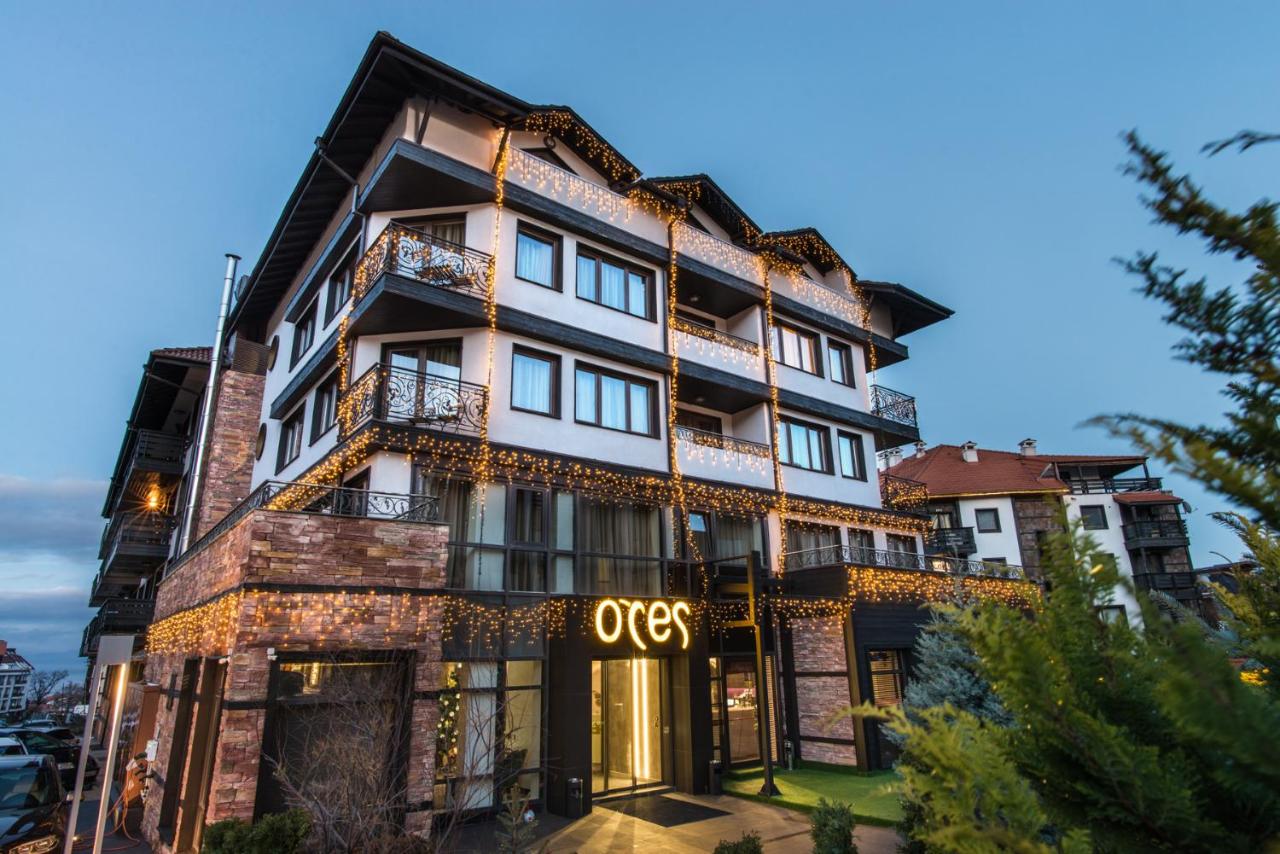
Ores Boutique Hotel
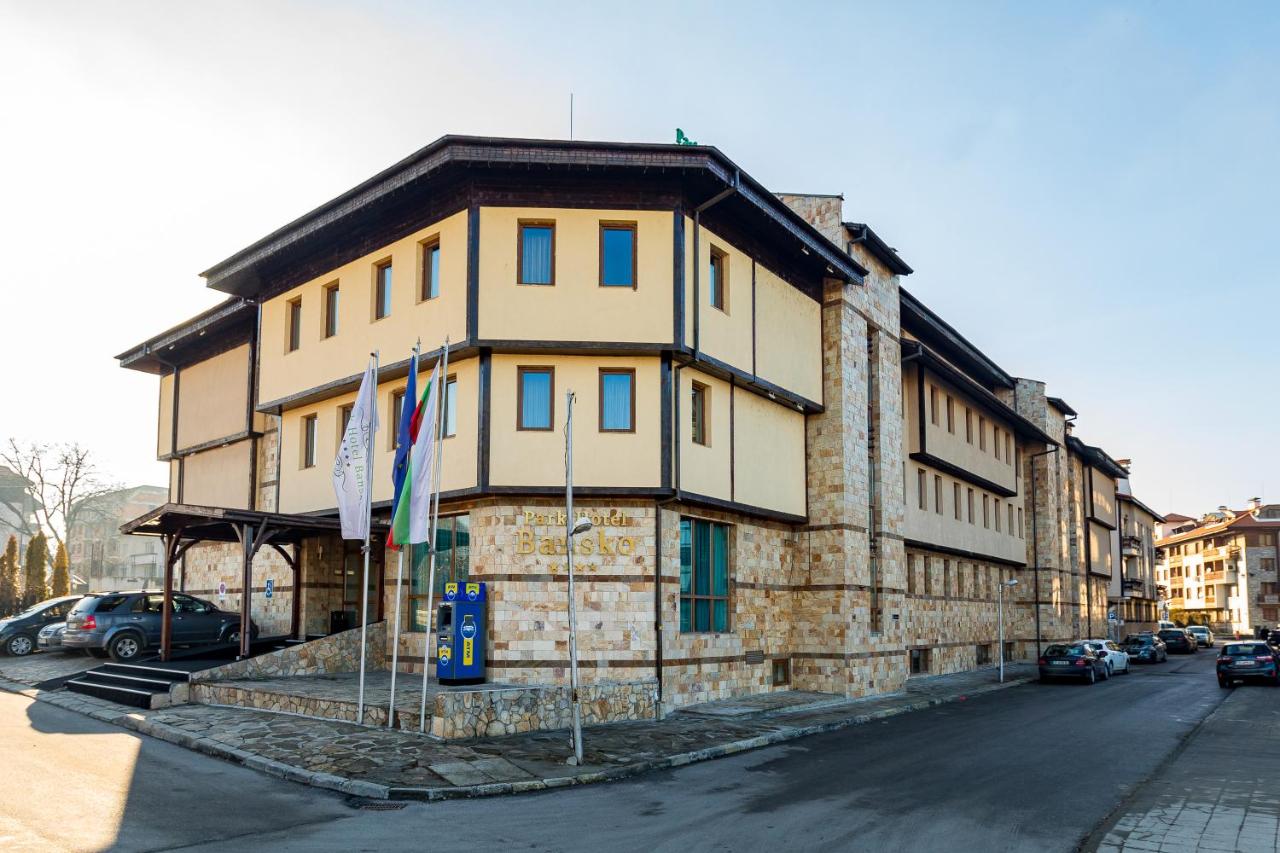
Park Hotel Bansko
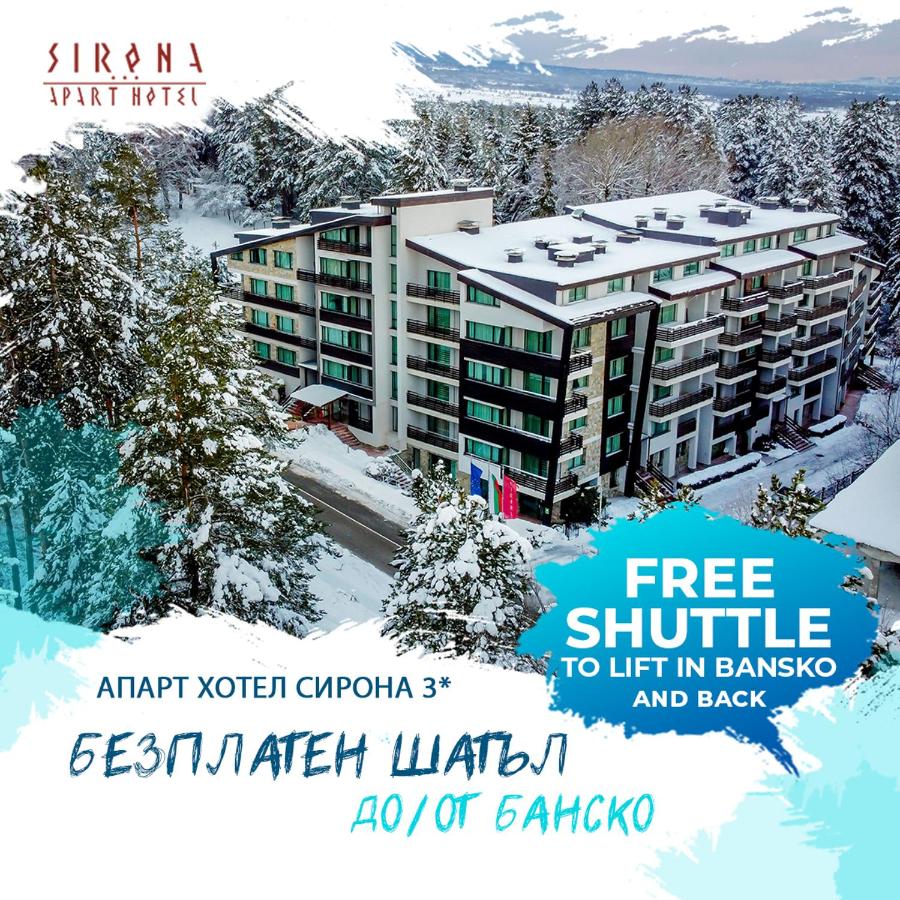
Apart Hotel Sirona

Saint George Palace Deluxe Collection
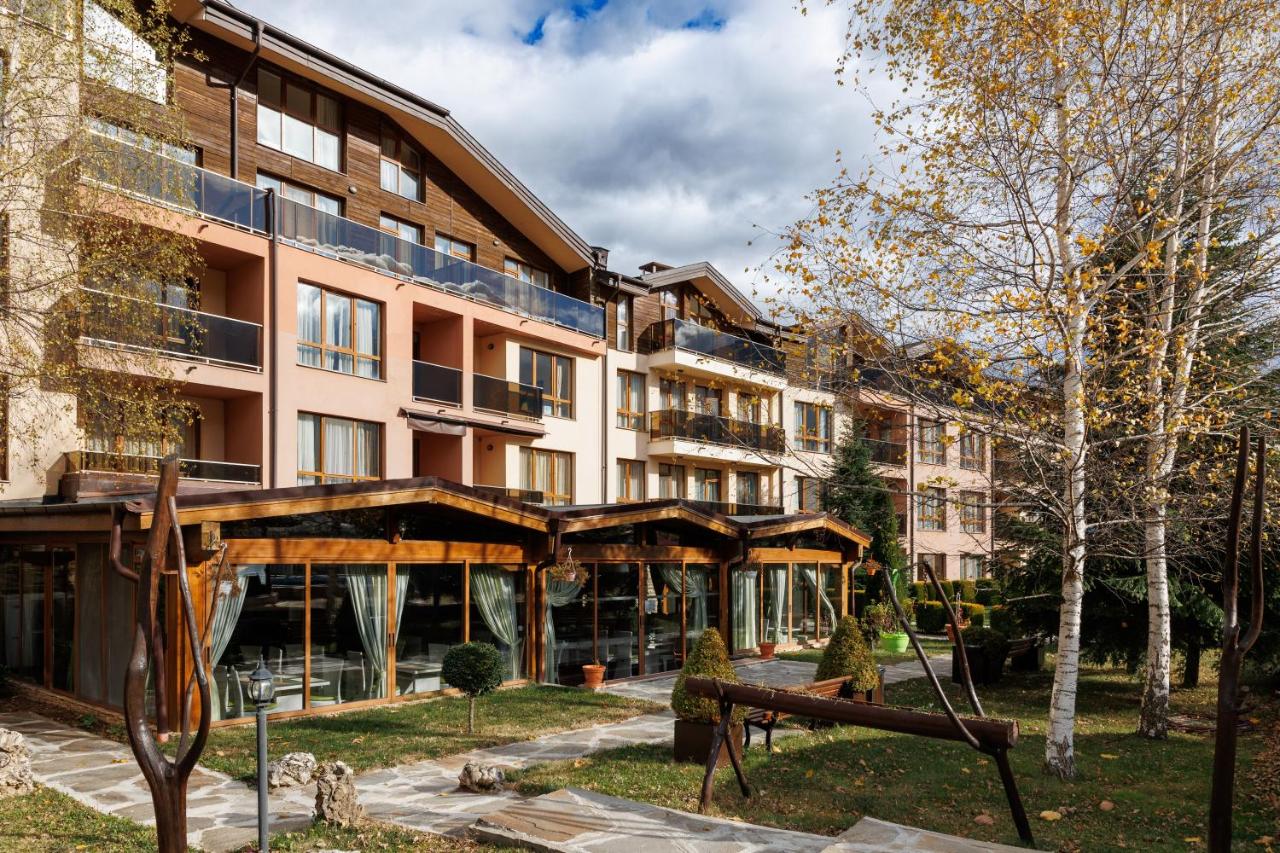
Green Wood Resort Apartments
About the city
Nestled in the Pirin Mountains, Bansko is a picturesque town that is known for its stunning natural scenery, rich cultural heritage, and excellent ski resorts. The town has a long and fascinating history that dates back to the Roman period, and it has been an important center of commerce and trade for centuries.
If you are looking for a destination that offers a perfect blend of history, culture, and adventure, then Bansko is the place for you. The town boasts of several attractions that will keep you engaged and entertained throughout your stay. From exploring the old town with its charming cobblestone streets and traditional houses to visiting the numerous museums and art galleries that showcase the local culture, there is something for everyone in Bansko.
One of the main highlights of Bansko is its ski resorts. The town is home to some of the best ski slopes in Bulgaria, and it attracts thousands of skiers and snowboarders every year. Whether you are a beginner or an experienced skier, you will find a slope that suits your level of expertise. The ski season in Bansko usually lasts from December to April, and during this time, the town comes alive with various winter sports activities.
Apart from skiing, Bansko also offers a wide range of outdoor activities such as hiking, mountain biking, and horse riding. The Pirin Mountains provide a stunning backdrop for these activities, and you will have an opportunity to explore some of the most beautiful landscapes in Bulgaria.
Living in Bansko: Pros and Cons

Bansko is a picturesque town located in southwestern Bulgaria, at the foot of the Pirin Mountains. It is a popular destination for tourists, especially during the winter season, thanks to its ski slopes and charming old town. However, what is it like to actually live in Bansko? In this article, we will explore the pros and cons of living in this Bulgarian locality.
Living in Bansko has its advantages and disadvantages, as with any town or city. However, for those who value natural beauty, affordability, and a friendly community, Bansko may be a great place to call home. It is important to consider personal preferences and priorities when making the decision to move to Bansko or any other locality.
Discover Bansko's Location in Bulgaria's Region

Bansko is a small town located in the southwestern part of Bulgaria. It is situated at the foot of the Pirin Mountains and is known for its picturesque landscapes, traditional architecture, and historical significance.
As one of Bulgaria's top tourist destinations, Bansko attracts visitors from all over the world who come to enjoy its natural beauty and rich cultural heritage. The town is located in the Blagoevgrad Province, which is one of the 28 regions of Bulgaria. Blagoevgrad is the largest province in the country, with an area of over 6,000 square kilometers.
With a population of around 10,000 people, Bansko is one of the smaller towns in the region. However, its location at the base of the Pirin Mountains makes it an important center for winter sports and mountain tourism. The town is home to several ski resorts, including the popular Bansko Ski Resort, which attracts thousands of visitors each year.
In addition to its natural beauty and winter sports, Bansko is also known for its rich history and cultural heritage. The town has a long and fascinating history that dates back to ancient times, and it is home to several important landmarks and monuments that bear witness to its past. Some of the most notable attractions in Bansko include the Holy Trinity Church, the Velyanova House Museum, and the House-Museum of Nikola Vaptsarov.
Discover Bansko's Location: A Guide to its Geography

Bansko is a town located in southwestern Bulgaria, nestled in the foothills of the Pirin Mountains. It is a popular tourist destination due to its scenic beauty and rich cultural heritage. The town is located at an altitude of 925 meters above sea level and covers an area of 461.5 km².
The Pirin Mountains: The Pirin Mountains are a range of mountains in southwestern Bulgaria, located near the border with Greece. They are part of the Rila-Rhodope massif and are home to some of the highest peaks in the Balkans, including Mount Vihren, which stands at 2,914 meters. The mountains are a popular destination for hikers and skiers, and are known for their stunning alpine scenery.
The Glazne River: The Glazne River is a major river that flows through Bansko. It is a tributary of the Mesta River and is renowned for its crystal-clear waters and picturesque scenery. The river is a popular spot for fishing and swimming, and there are several walking trails that follow its banks.
The Razlog Valley: The Razlog Valley is a valley located to the east of Bansko. It is surrounded by the Pirin Mountains and is home to several small villages and towns. The valley is known for its fertile soil and is a major agricultural center in the region.
Bansko is located approximately 160 km from the Bulgarian capital, Sofia, and is easily accessible by road and rail. The town is also located close to several other popular tourist destinations, including the Rila Monastery and the town of Melnik.
Whether you are a nature lover, an outdoor enthusiast, or a culture buff, Bansko has something to offer everyone. Its stunning mountain scenery, crystal-clear rivers, and rich cultural heritage make it one of the most popular tourist destinations in Bulgaria.
Sofia to Bansko: Ultimate Transport Guide
Bansko is a beautiful locality situated in the southwestern part of Bulgaria. It is famous for its ski resorts and breathtaking landscapes. If you're planning to visit Bansko, you'll need to know the best ways to travel from Sofia to Bansko. Here's the ultimate transport guide to help you reach your destination.
If you're on a budget, taking a bus from Sofia to Bansko is the most cost-effective way to get there. The journey takes approximately 3 hours and costs around 15-20 BGN per person. There are several bus companies that operate on this route including Union Ivkoni, Blagoevgrad Bus and Bansko Express. You can catch the bus from Sofia Central Bus Station or Ovcha Kupel Bus Station.
There is no direct train from Sofia to Bansko, but you can take a train to Blagoevgrad and then catch a bus to Bansko. The journey by train takes around 3 hours and costs around 10 BGN per person. You can catch the train from Sofia Central Railway Station. Once you reach Blagoevgrad, you can take a bus or a taxi to Bansko.
If you prefer to drive, renting a car is a great option. The journey takes approximately 2.5 hours and the cost of renting a car varies depending on the company and the type of car you choose. You can rent a car from Sofia Airport or from various car rental companies in Sofia. Make sure to check the road conditions before you start driving.
You can also take a taxi from Sofia to Bansko, but it can be quite expensive. The journey takes around 2.5 hours and costs between 120-150 BGN. You can book a taxi from various taxi companies in Sofia or through your hotel.
Now that you know the different ways to travel from Sofia to Bansko, you can choose the one that suits your budget and preferences. Whether you take a bus, train, car or taxi, you're sure to enjoy the scenic views and rich cultural experiences that Bansko has to offer.
In conclusion, Bansko is a destination that has something to offer for everyone. It is a perfect place for winter sports enthusiasts and summer adventurers alike. The town is rich in culture, history, and natural beauty, making it an ideal location for those who want to experience the best of Bulgaria. From skiing in the Pirin Mountains to exploring the old town, Bansko is a destination that is sure to leave a lasting impression. With its welcoming atmosphere, stunning scenery, and range of activities, it is no wonder that this town has become a popular tourist destination in recent years. So, whether you are a seasoned traveler or a first-time visitor, Bansko is definitely worth a visit.




